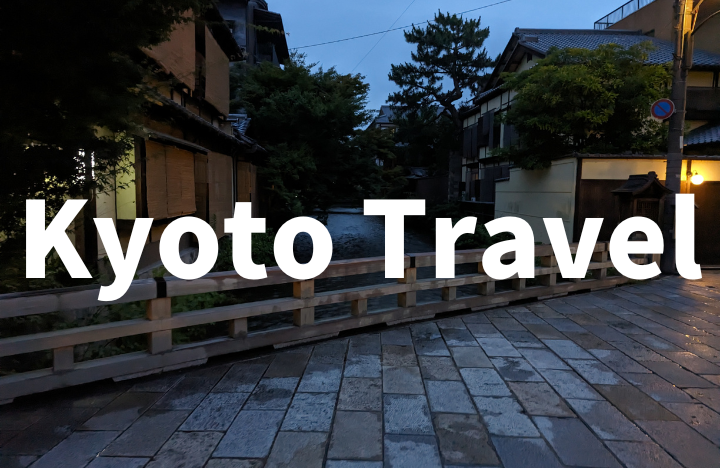Kyoto, a city that embodies Japaneseness. In this article, I, who rediscovered the best of Japan after living in the U.S., introduce recommended sightseeing spots in Tokyo with a photo gallery and even Google map information.
If you are interested in learning more about Kyoto and its famous tourist spots, please take a look at this article.
What is the Kyoto?
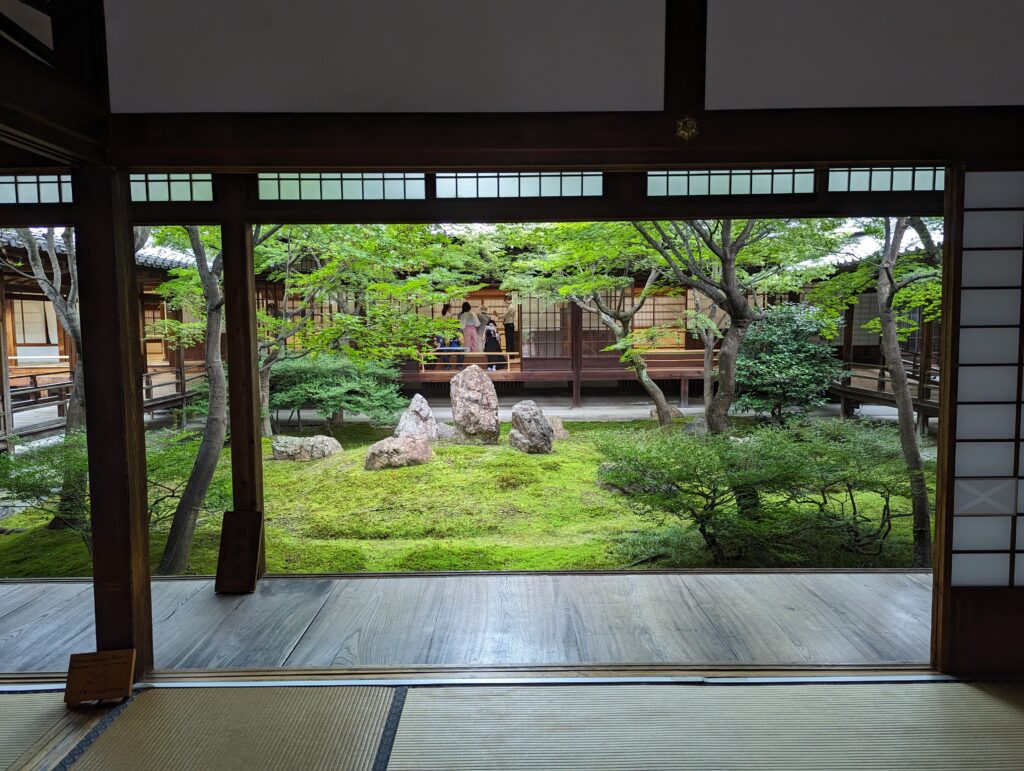
Kyoto” is the name of the city that has been the capital for approximately 1,100 years since the capital was relocated to Kyoto in 794 as Heian-kyo, which is now the center of Kyoto City. During the long years, various cultures have been formed. In the Heian period (794-1185), Buddhist culture was developed, in the Muromachi period (1333-1573), flower arrangement was designed. And in the Momoyama period (1573-1573), the tea ceremony, which many people may be familiar with, was developed and has continued to flourish up to the present day. Because of this historical background, there are many World Cultural Heritage sites in Kyoto City, and many tourists from all over the world visit Kyoto throughout the year to see temples, shrines, historical sites, and beautiful Japanese culture.
Kyoto Tourist Attractions by Region
Rakunan(Uji, Fushimi, Yamashina)
Fushimi Inari Taisha
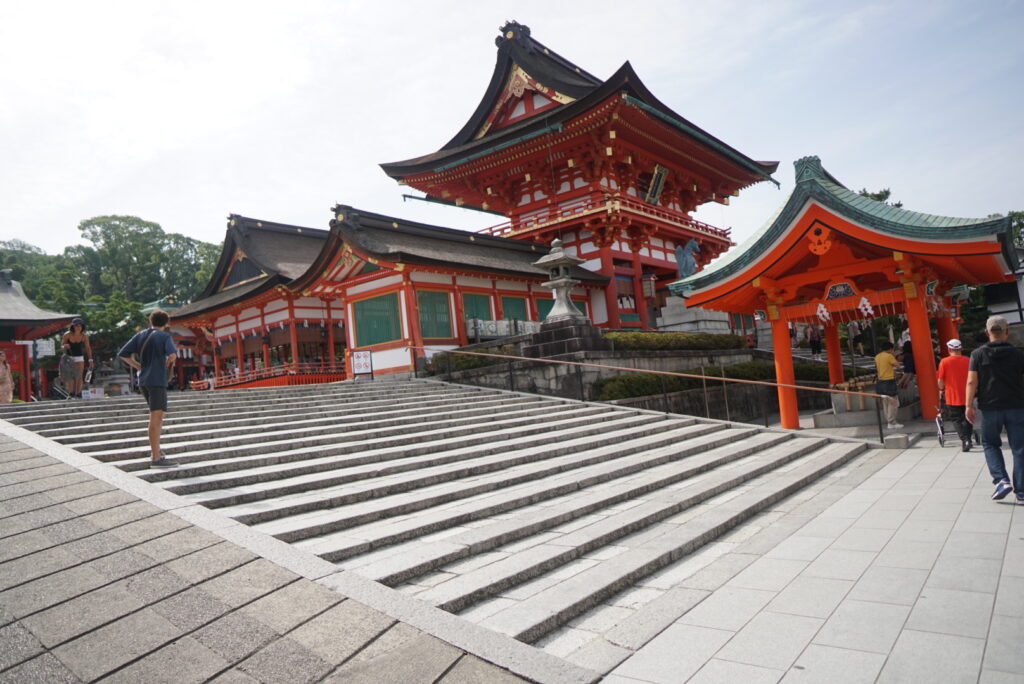
Fushimi Inari Taisha is the head shrine of about 30,000 Inari shrines throughout Japan. The origin of the Inari faith is Mt. Inari, and the Inari Goddess has been worshipped as the god of good harvest, prosperous business, family safety, and the fulfillment of wishes since the Nara period (710-794), 1300 years ago.
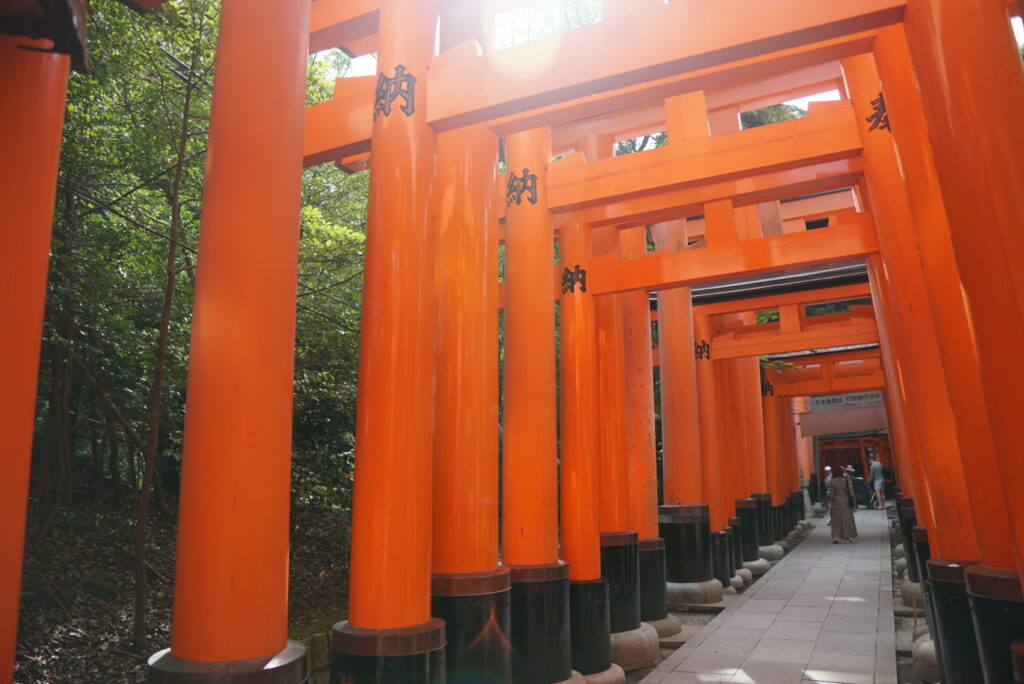

The most popular attraction of Fushimi Inari Taisha is the “Senbon-torii,” a series of vermilion-lacquered torii gates. The sight of the vermilion-lacquered torii gates is breathtaking.
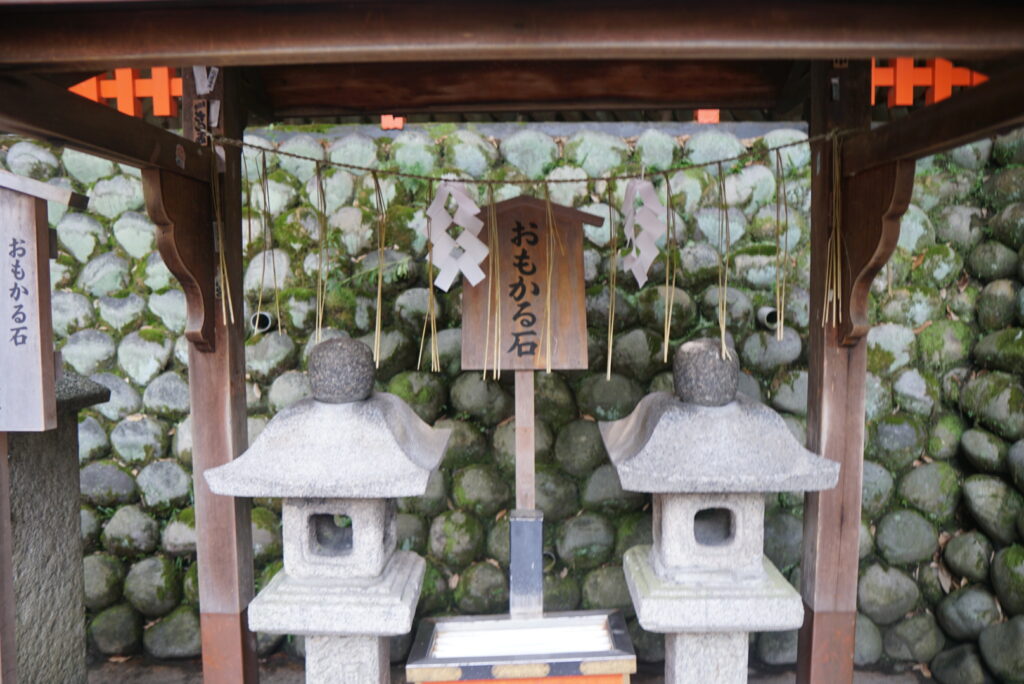
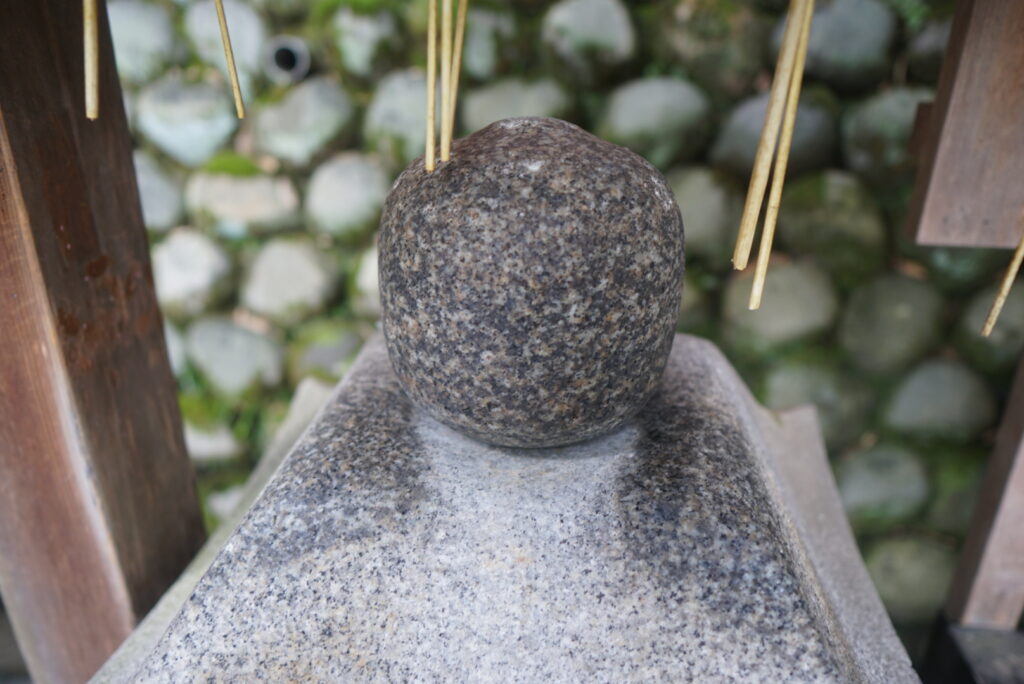
After passing through the first tunnel of torii gates, visitors are encouraged to challenge the “Omogaruseki” stone at the shrine. It is said that your wish will come true if the stone is lighter than expected. By the way, when I lifted it, it felt heavy…

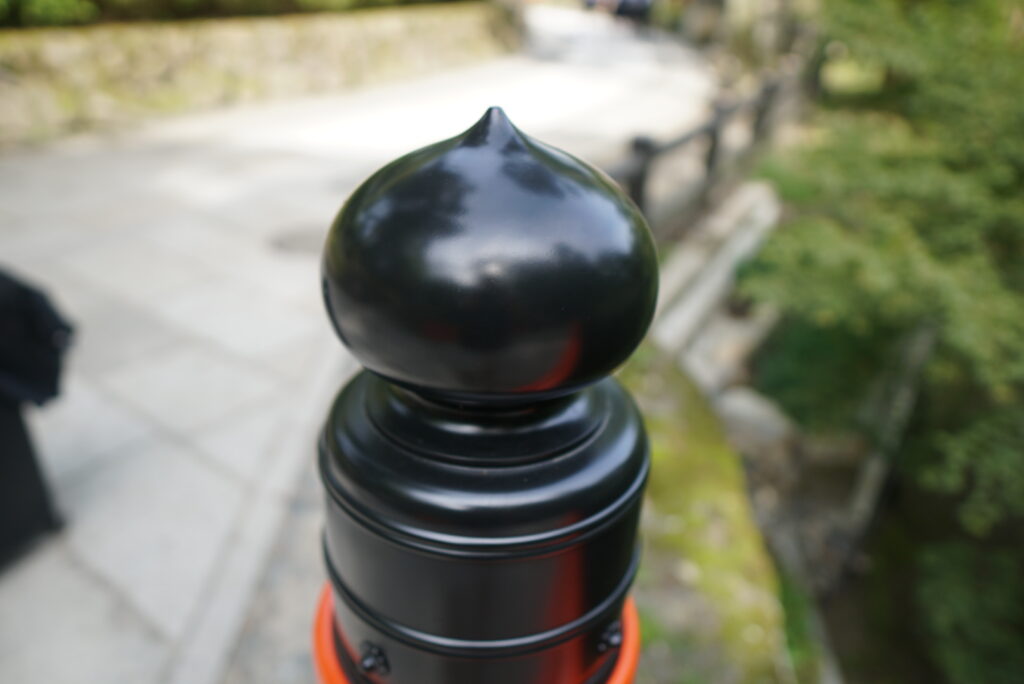
Tōfuku-ji Temple

Tofukuji Temple, founded in 1236, is a temple of the Rinzai sect of Zen Buddhism and is known as its center of learning.
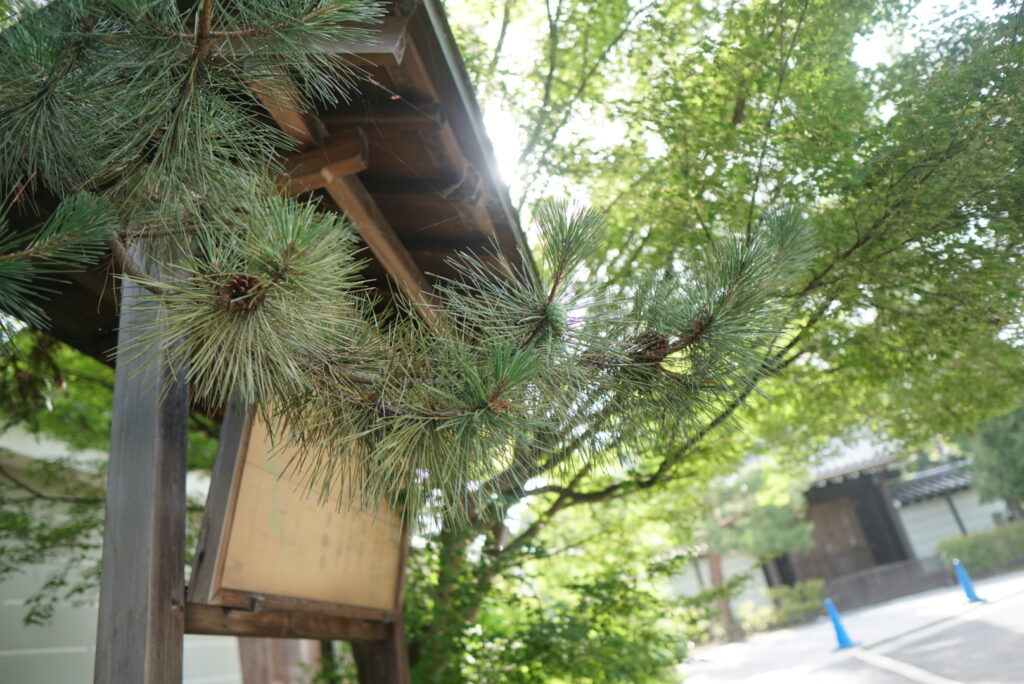
The Rinzai school of Zen Buddhism spread mainly among the samurai government and other upper classes. The Rinzai school of thought is characterized by Zen questioning and the pursuit of enlightenment.

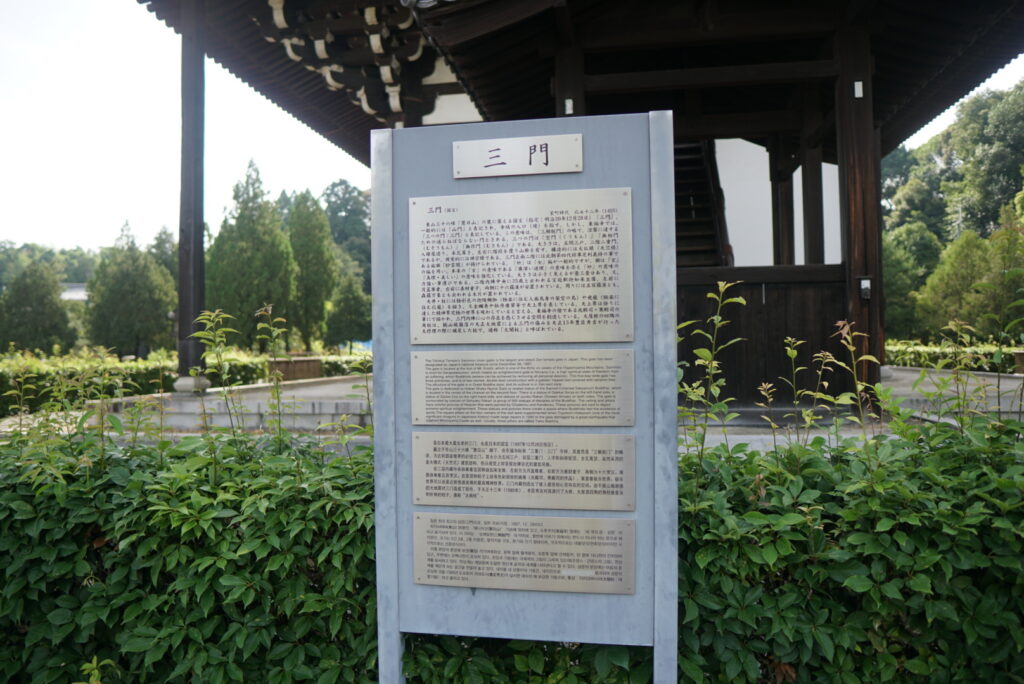
There are numerous cultural assets on the grounds of Tofukuji Temple. The most important are the National Treasure, the Daboto (pagoda), and Buddhist statues designated as Important Cultural Properties. One of the most striking features of Tofukuji Temple is the foliage trees planted along its long approach. The “autumn foliage viewing at Tofukuji Temple” is held in the fall, attracting many tourists. Unfortunately, I visited in the summer, so I could not see the beautiful autumn leaves. I will visit again. (If you are visiting Tofukuji Temple for the first time, I recommend autumn when the leaves are beautiful.)
Rakutou(Gion, Kiyomizu Temple, Higashiyama)
Kennin-ji
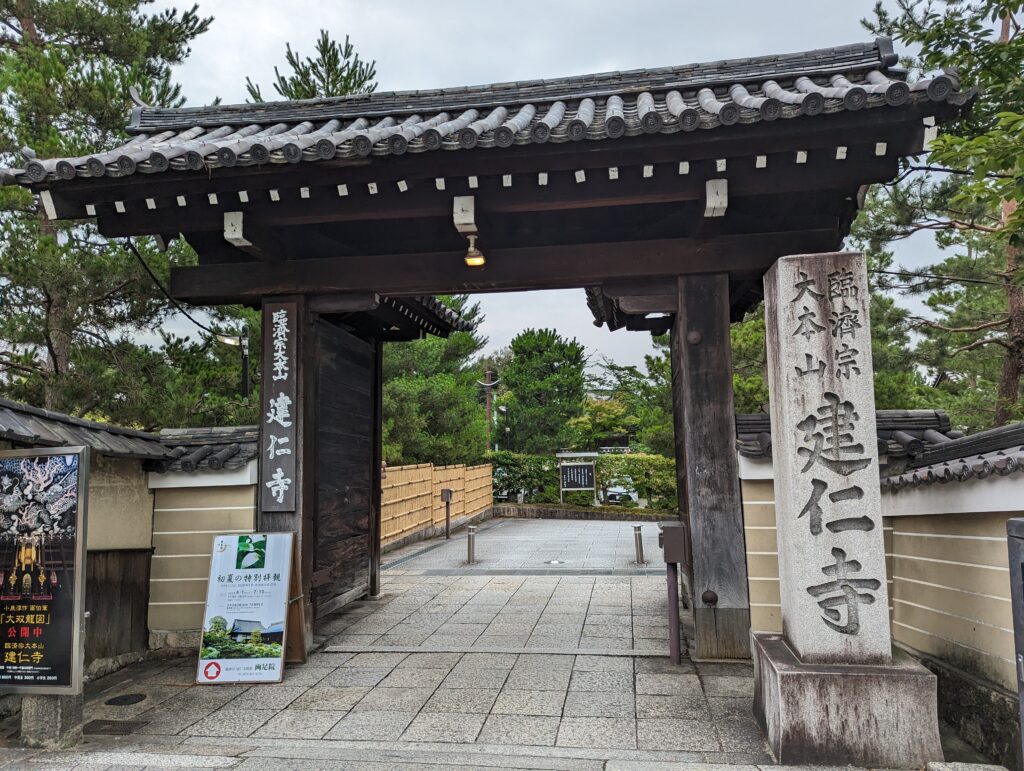

Kenninji Temple is the oldest Zen temple in Japan, founded by Eisai, the monk who first introduced the Rinzai school of Zen Buddhism to Japan.

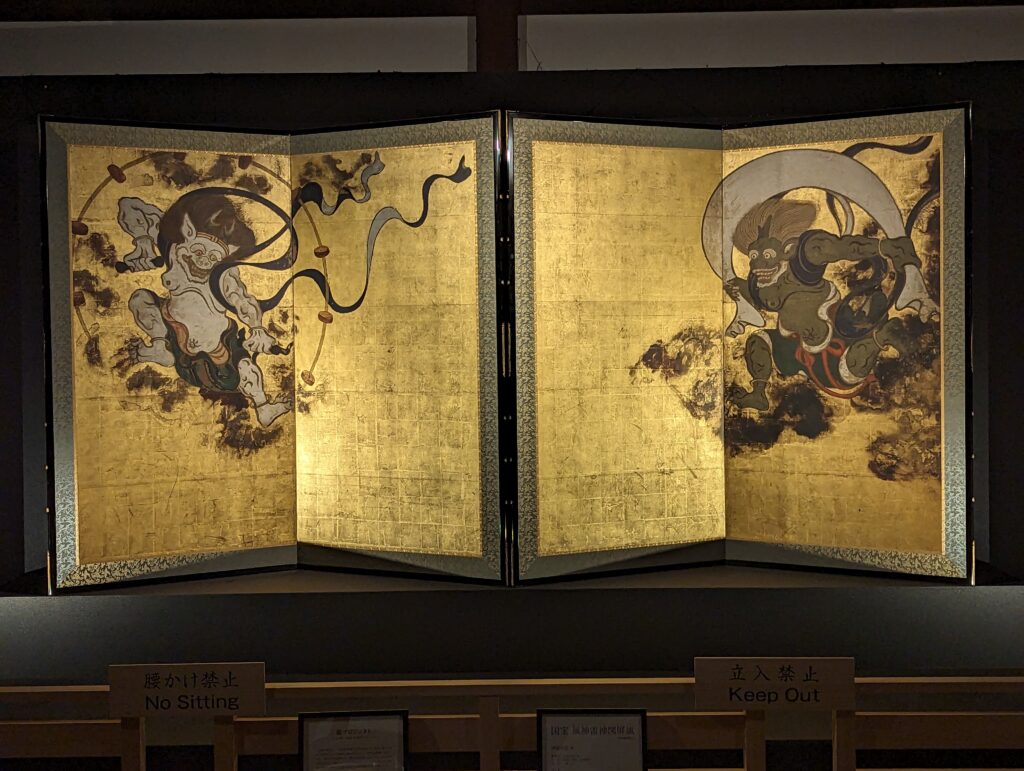
The temple’s many cultural treasures, which can be viewed for a fee, are a must-see, including the “Wind and Thunder Gods” (designated as a national treasure), “Unryu” (Dragon and Dragon), a sliding door depicting a large dragon and flowing clouds in ink, and a dry landscape garden called “Daioen” (Great Oen).
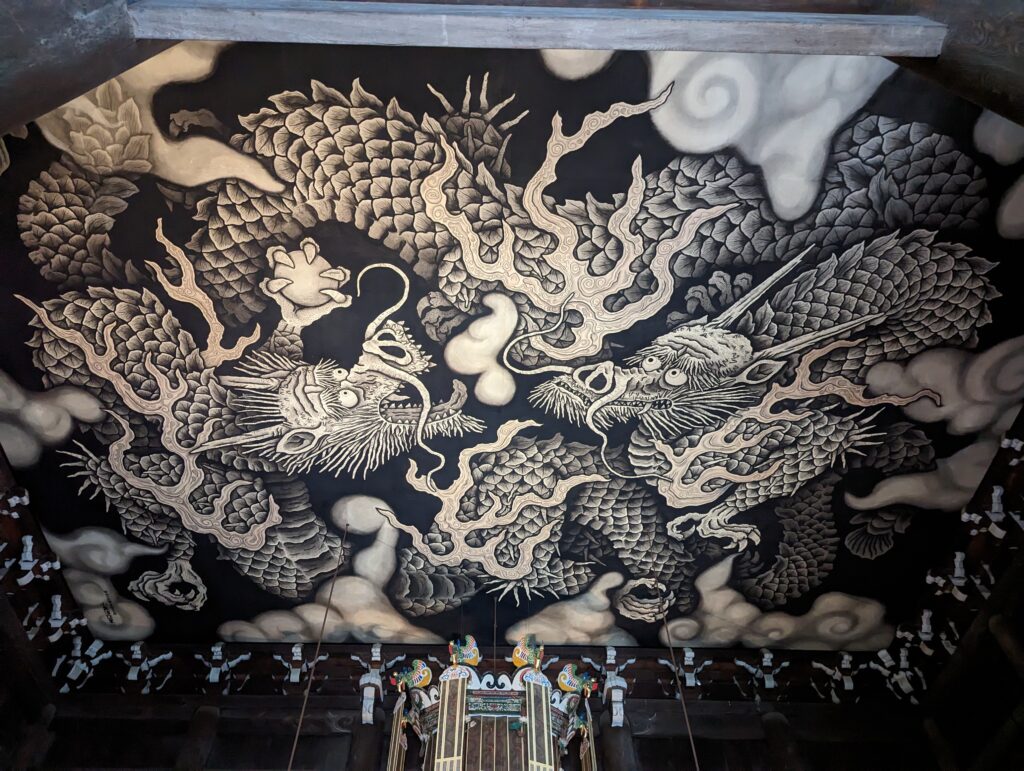
The most impressive feature is the painting of twin dragons on the ceiling of the Dharma Hall. It was so powerful and solemn that I was speechless. By the way, dragons are counted as one of the eight parts that protect Buddhism and are called “Ryujin” (dragon gods). Many Zen temples have dragons painted on their ceilings.
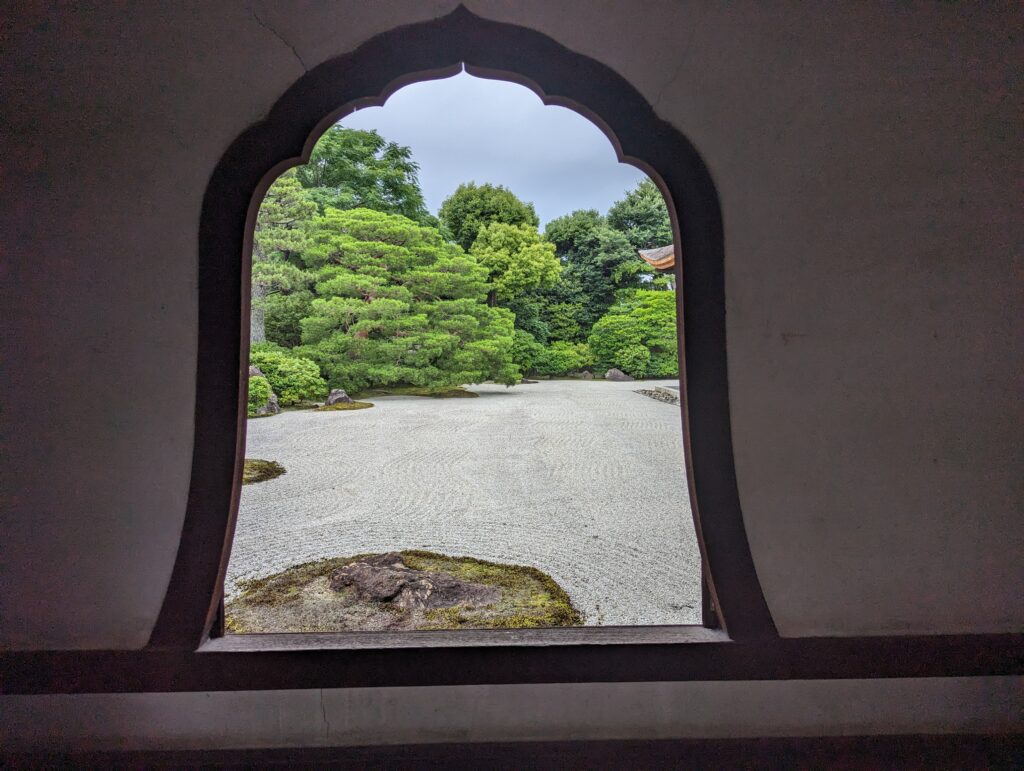
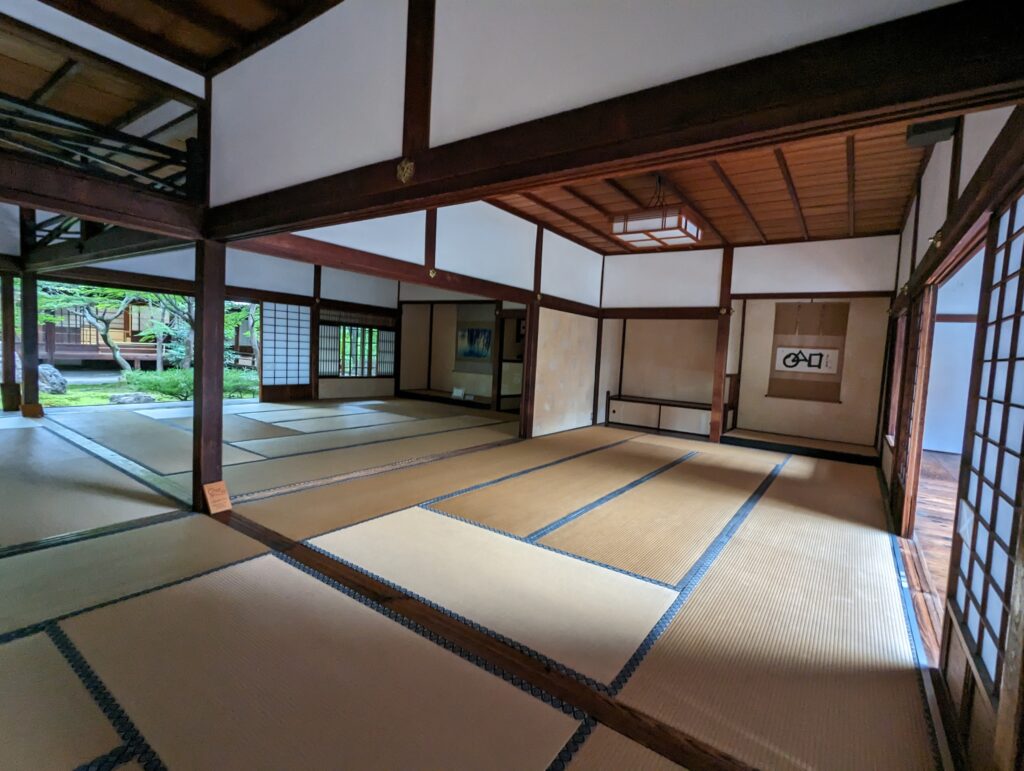
This is one of the most recommended sightseeing spots in Kyoto!
Hanamikoji Street
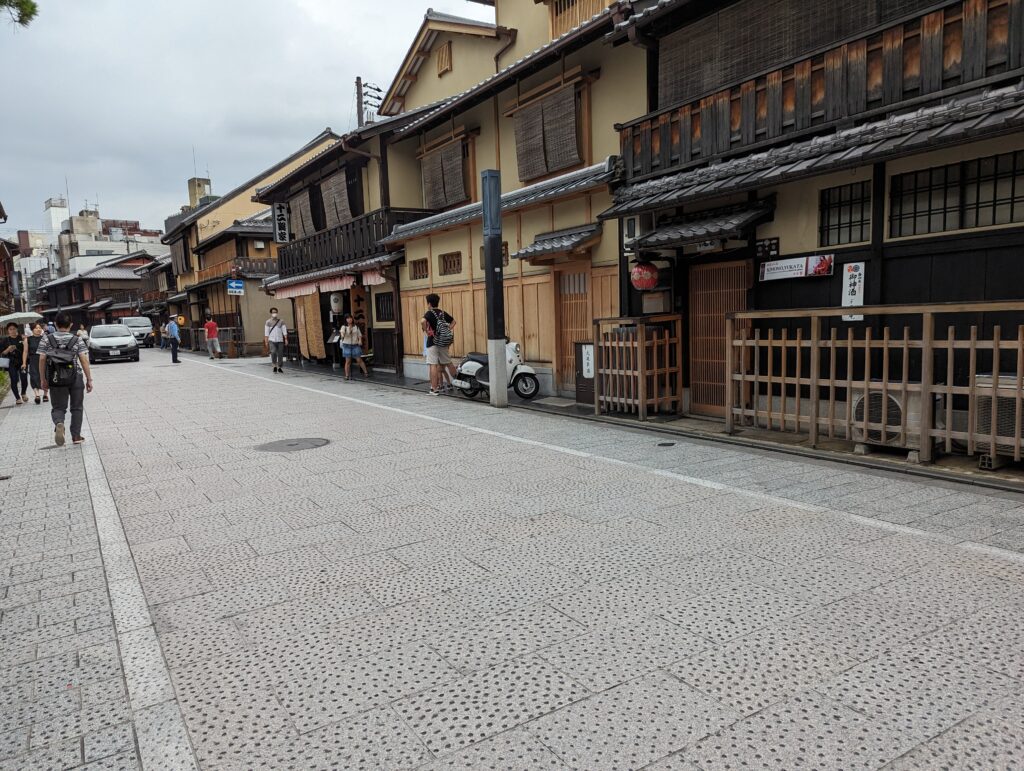
Hanamikoji is a 1-kilometer street centered on Shijo Street, extending north to Sanjo Street and south to the front of Kenninji Temple. The rows of houses of ochaya (teahouses) and the cobblestone pavement on the ground create a Gion-inspired scenery. If you are lucky, you may be able to see maiko and geiko. It is recommended to visit together with Kenninji Temple.
Gion Tanto
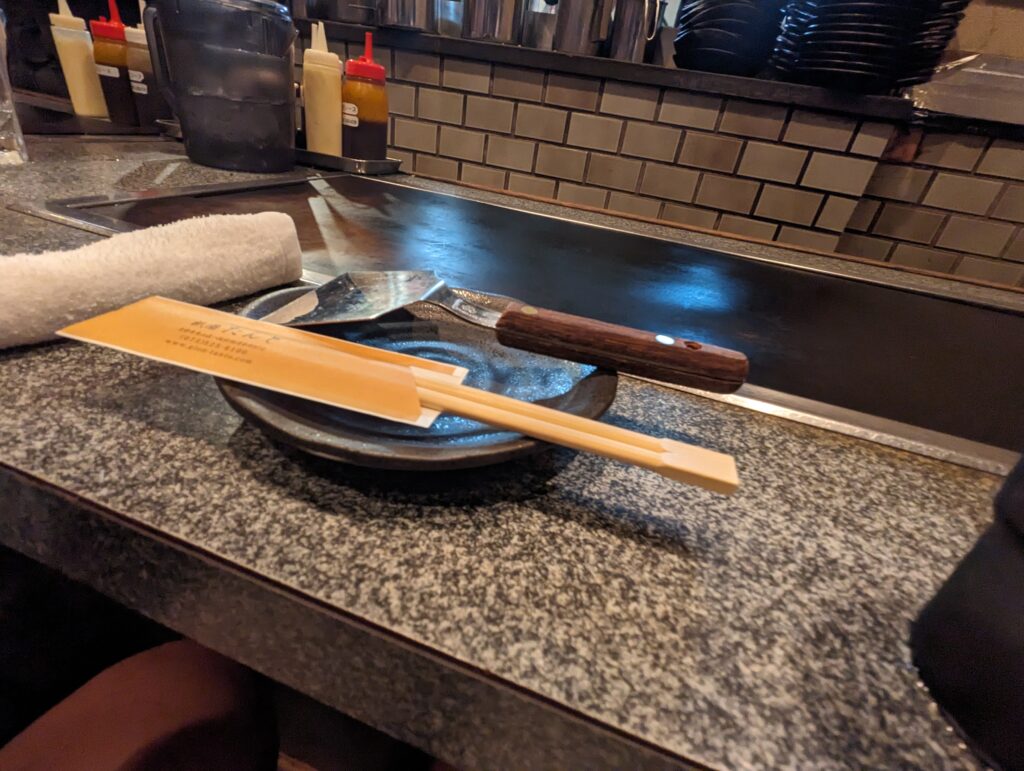
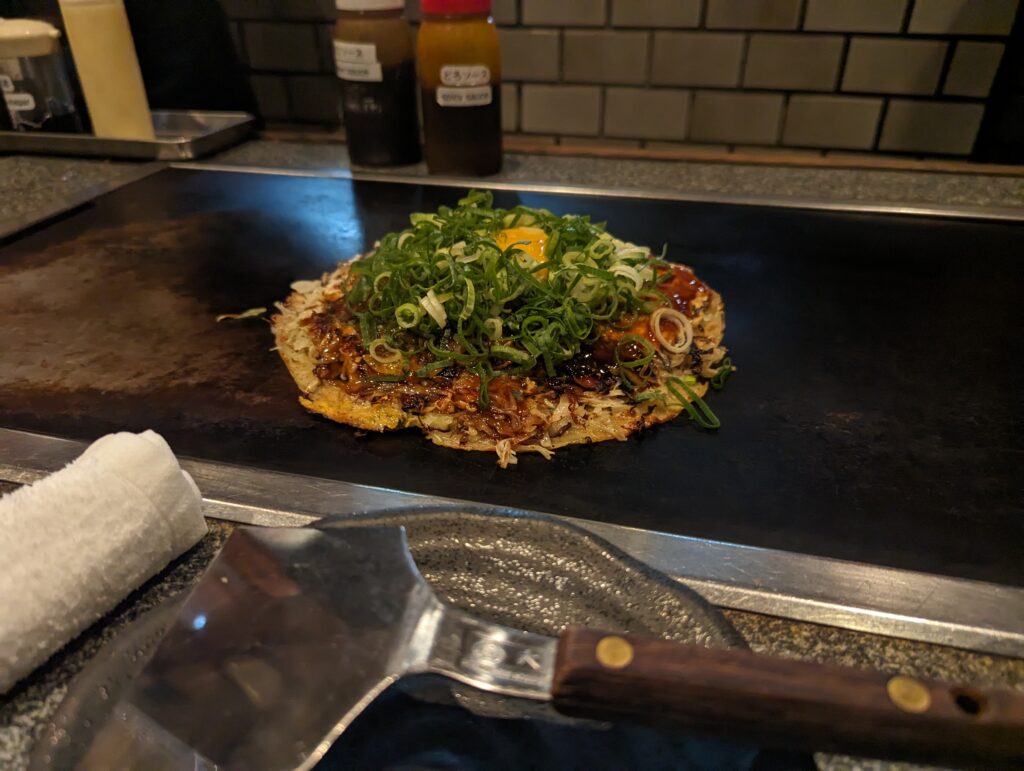
Okonomiyaki(Japanese pancake) restaurant located in Gion Tatsumibashi. You can casually enjoy Gion in a Japanese-style space. The okonomiyaki is made by a cook and served on a teppan. Vegetarians can feel free to order from the numerous lineups. Although it may be challenging to select a seat, the view from a window seat is incredibly exceptional. It is beautiful at night. It is a favorite of our international customers as well!
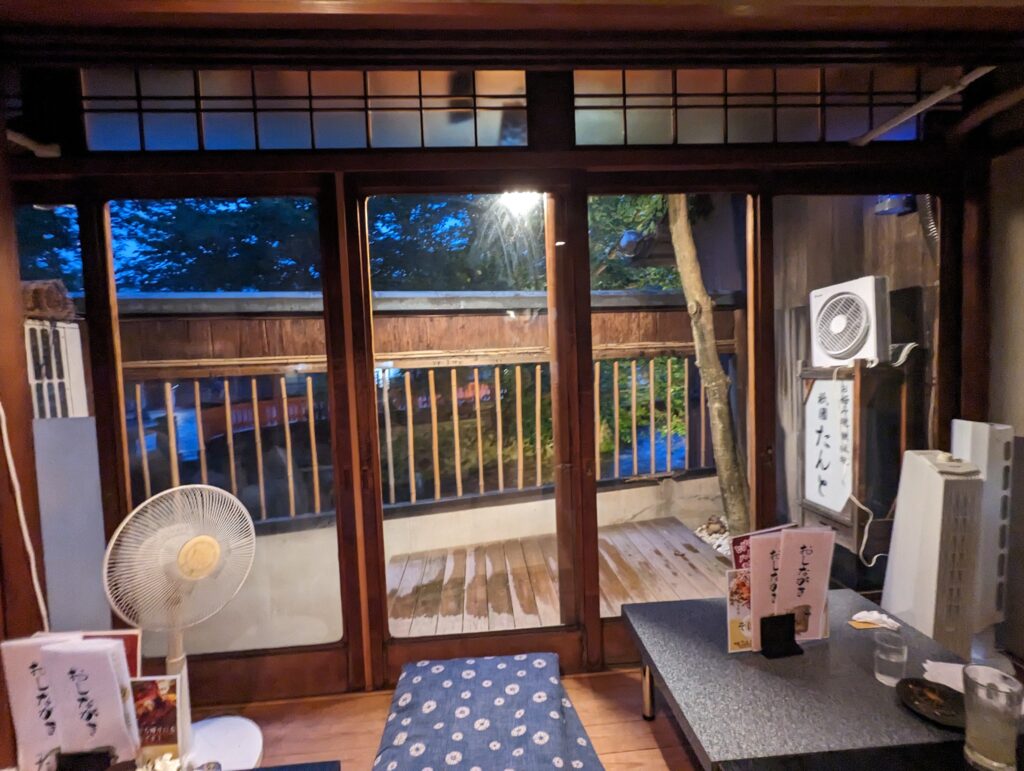
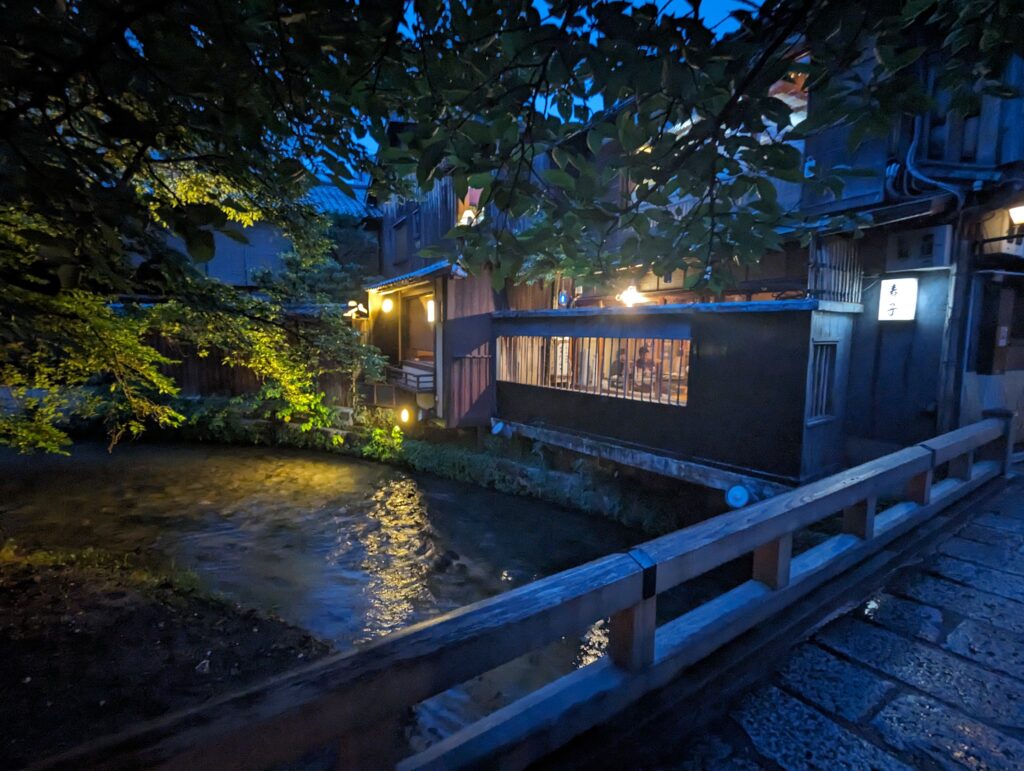
Higashiyama Jisho-ji(Ginkaku-ji)
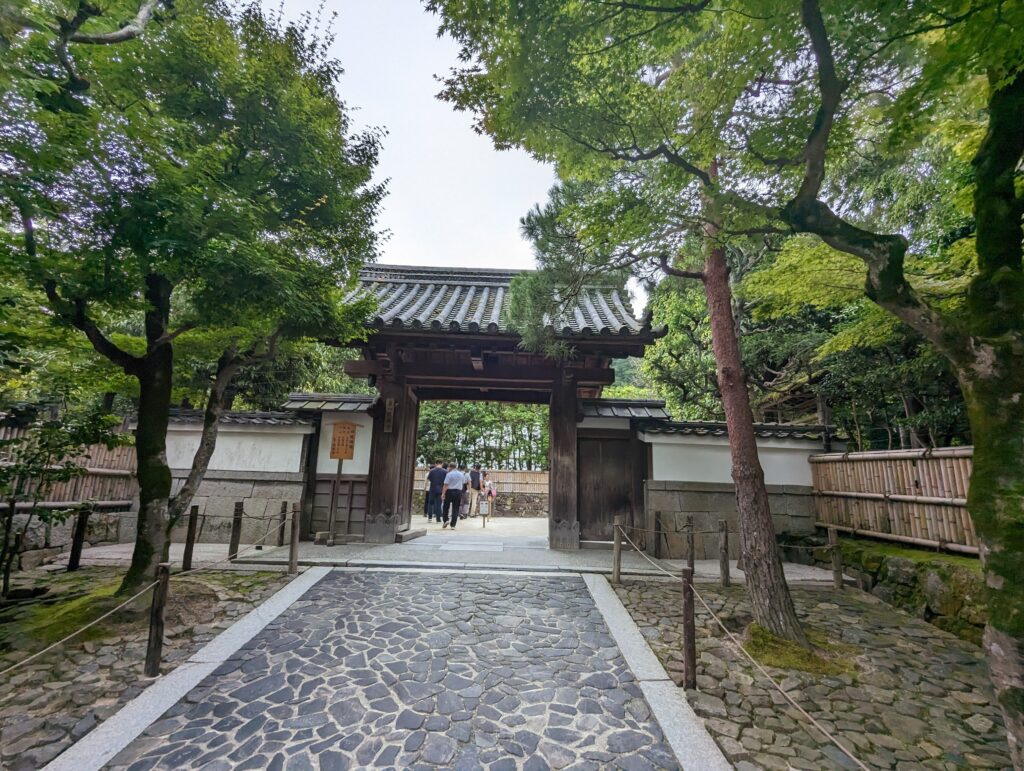
Ginkakuji Temple, formally known as Jishoji Temple, is a representative building of the Higashiyama culture of the late Muromachi period (1336-1573), built in 1482 as a villa of Ashikaga Yoshimasa, the 8th shogun of the Muromachi Shogunate. In contrast to Kinkakuji Temple, which is eye-catching for its golden color and magnificent exterior, Ginkakuji Temple is a solemn structure with a sense of “wabi sabi” (quiet simplicity). It is a building that symbolizes the Higashiyama culture that respects “wabi,” which means unadorned and quiet beauty, and “sabi,” which means old and tasteful.
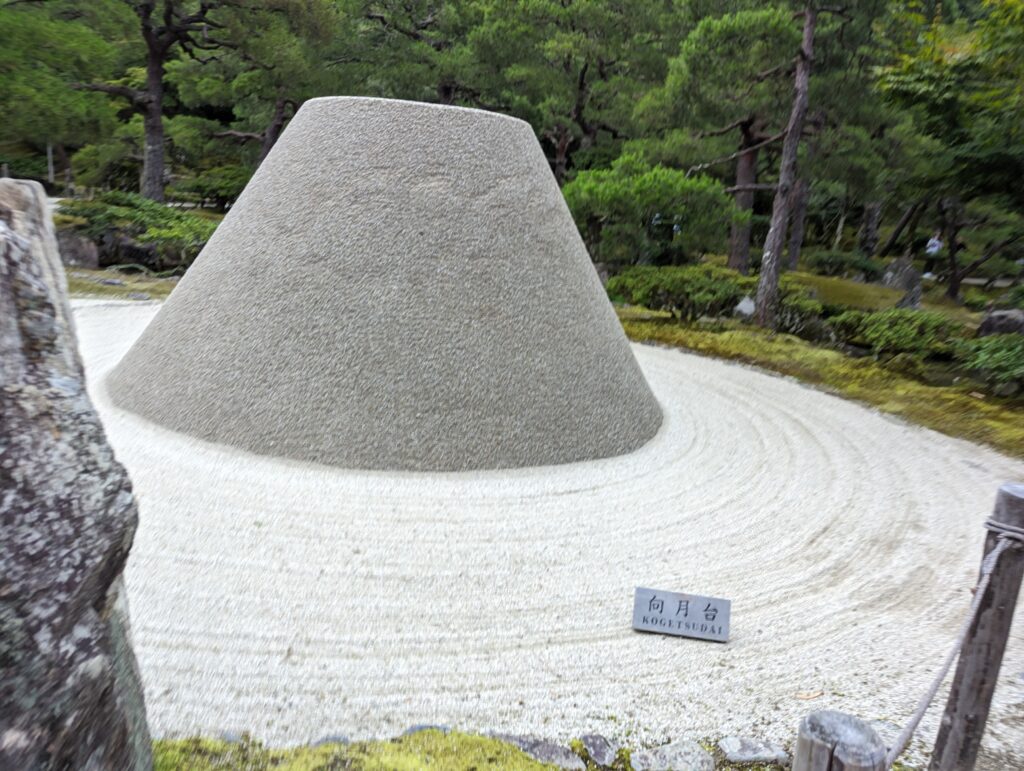
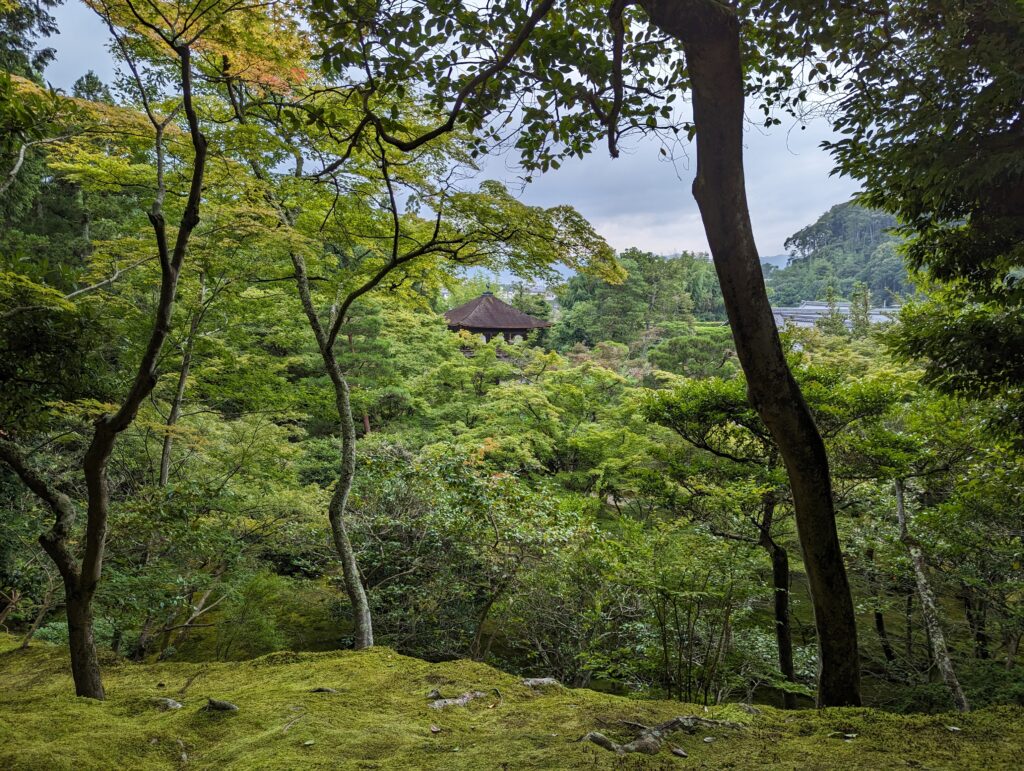
The temple grounds can be viewed from an observatory located on a mountain path leading from the garden. I visited in the summer, but the garden is beautiful any time of year, with seasonal flowers in bloom, autumn leaves in fall, and snow in winter.
Rakuchu(Kyoto Station/Kawaramachi)
Kyoto Imperial Palace
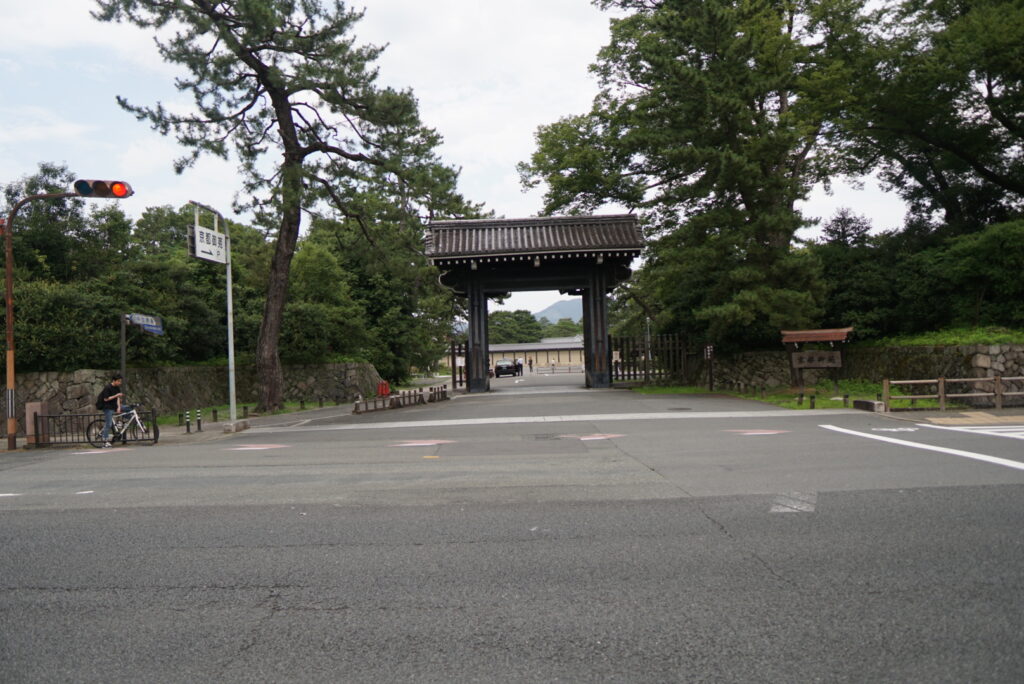
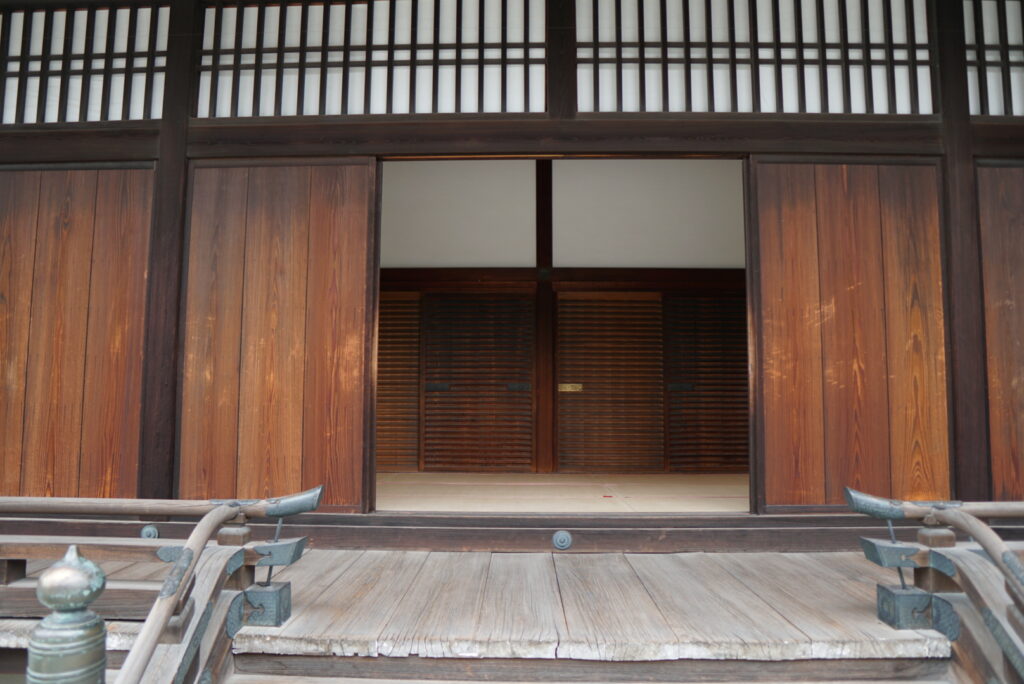
The Kyoto Imperial Palace was initially built by Emperor Kanmu in 794 when he moved the capital to Heian-Kyo and served as the residence of the Emperor until 1869 when Emperor Meiji moved it to Tokyo. Today, the palace hosts state guests and plays an essential role as a place to introduce imperial culture. The Kyoto Imperial Palace is open and can be viewed inside. Please enjoy the fragrance of the imperial culture and the garden.
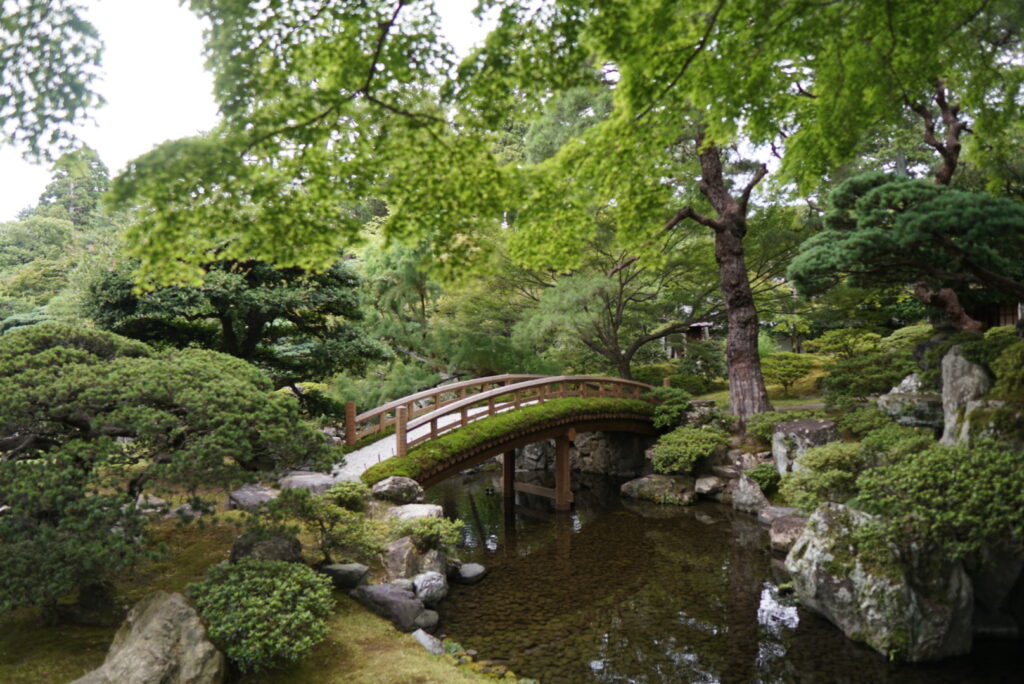
To-ji Gojunoto
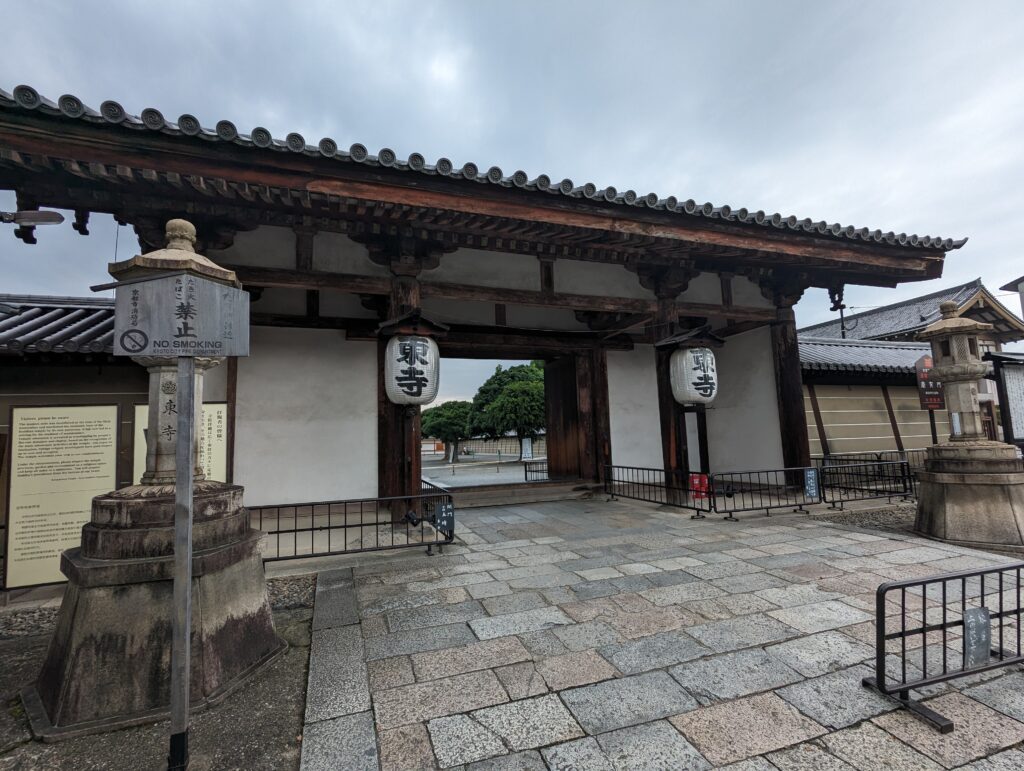
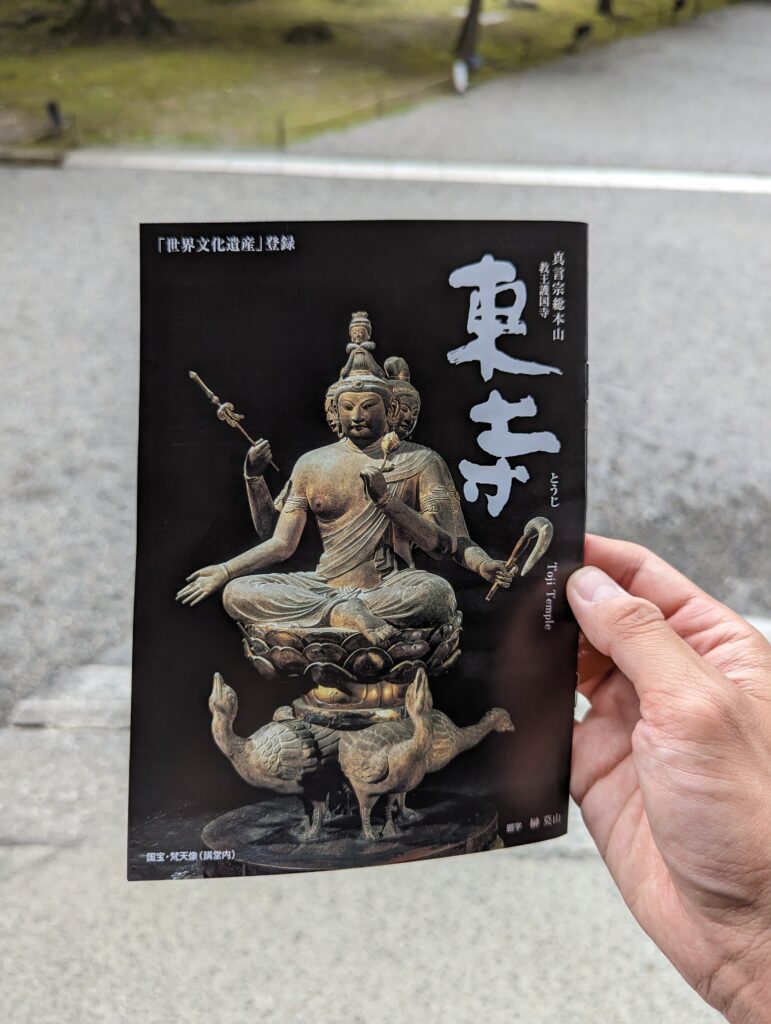
Toji Temple is the only remaining remnant of the Heian-kyo capital. It was built by Emperor Saga and became a place where the monk Kukai spread the teachings of the Shingon sect of Buddhism. The temple has survived the effects of nature and the ravages of war and has been partially reconstructed, while still preserving the history of the Heian period. The temple was registered as a World Heritage Site in 1994 due to its cultural importance. Today, To-ji Temple is a symbol of Kyoto, and is popular both in Japan and abroad.

The five-story pagoda, a landmark of Kyoto that can be seen from the windows of the Shinkansen bullet train, has been destroyed by fire four times, but has survived to this day.

Although not shown here because photography is prohibited, the three-dimensional mandala is a must-see. It is a three-dimensional representation of the universe and the Buddhist world, the teachings of Esoteric Buddhism (the Shingon sect brought to Japan by Kukai), in which 21 images of Buddha are arranged. It is a tool for understanding and reflecting in the mind the universe’s order and the world’s structure. The large scale of the Buddha images will leave a strong impression on visitors regardless of their understanding of Buddhism. Although it is a fee-based exhibit, it is highly recommended for visitors from overseas to see.
Kyoto BAL
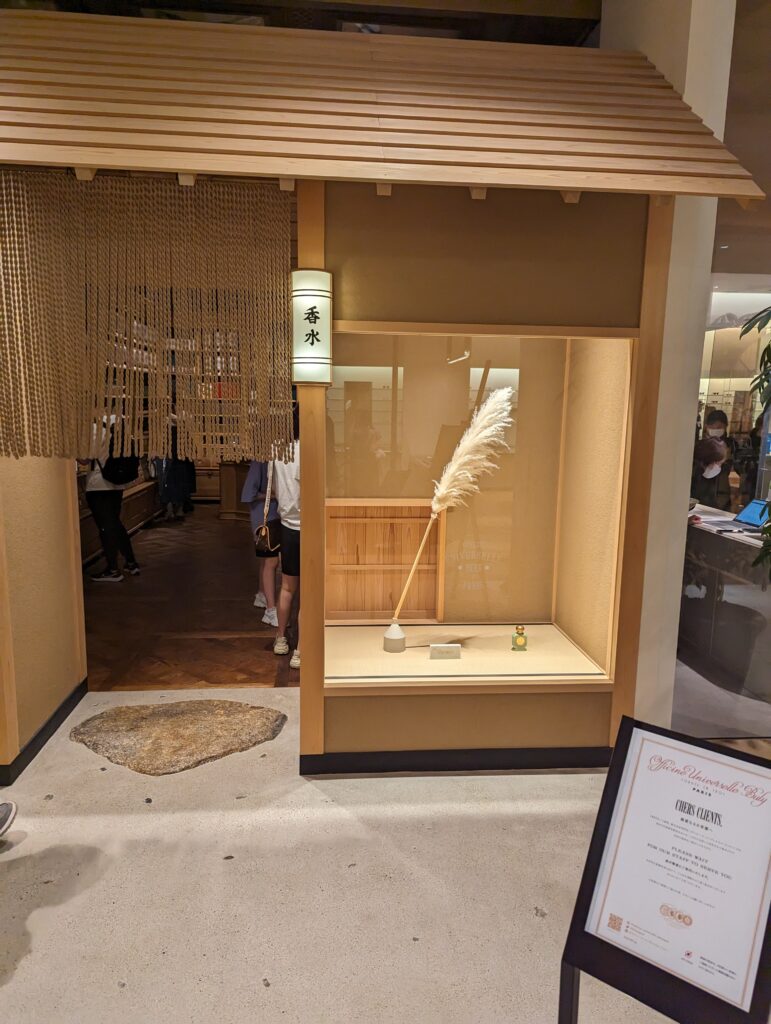
Large shopping mall in Kyoto. You can see the most favorable and latest fashion items and sundries in Japan. Recommended for those looking for souvenirs or your own clothes.
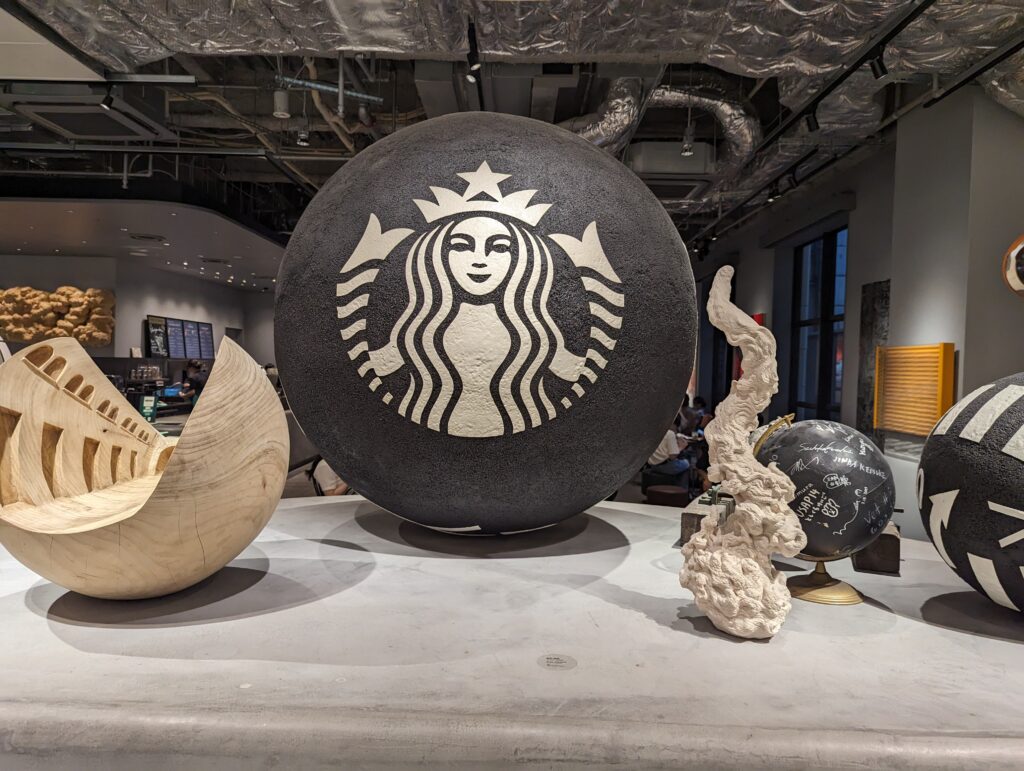
The Starbucks inside has a unique design and is worth a visit. Please remember this as a resting spot for your trip to Kyoto.
HOSOO FLAGSHIP STORE

Hosoo is a long-established Nishijin textile company. This is the flagship store of a textile brand that has been successively introducing the possibilities of textiles, from collaborations with contemporary artists and luxury brands, to collaborations with luxury hotels, to academic projects. Inside the flagship store, visitors can browse products that have won numerous international awards in the areas of architecture and design.
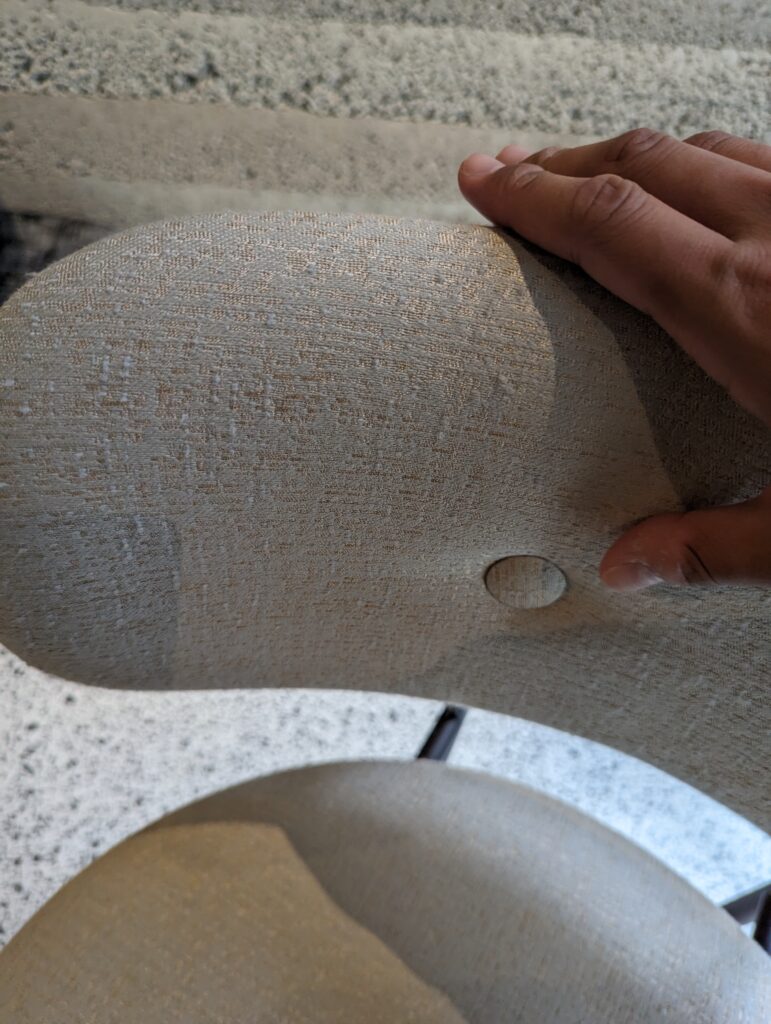
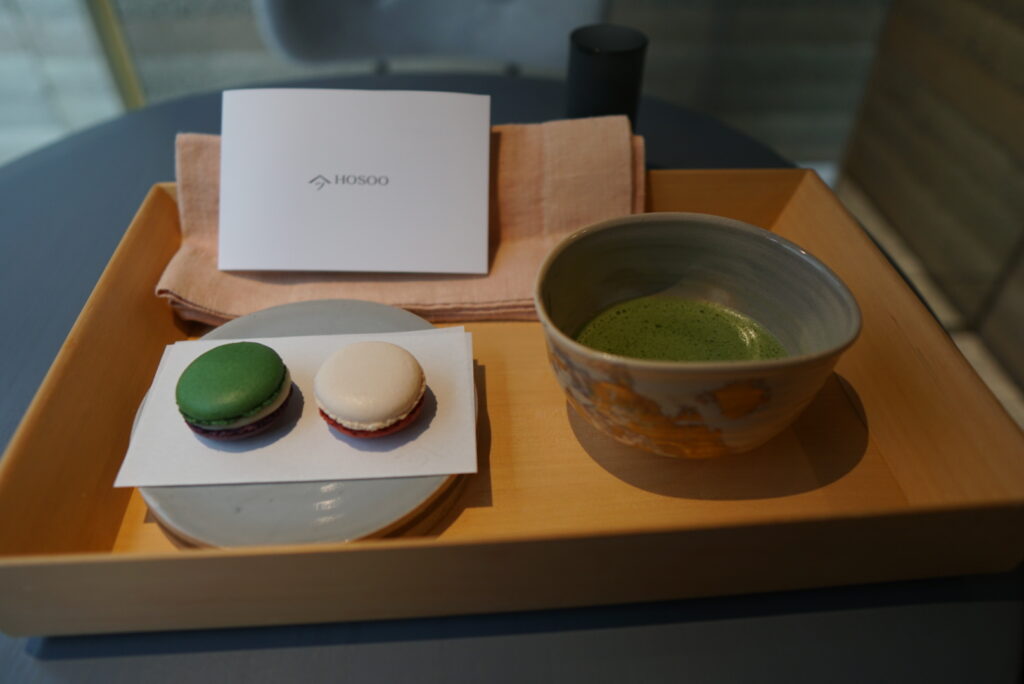
The store can also be used as a coffee shop, so even customers who do not intend to purchase textiles are welcome to take a look. You can casually enjoy Japanese aesthetics such as Nishijin-ori style cushions, original macaroons that express the Kyoto style, and tea utensils.
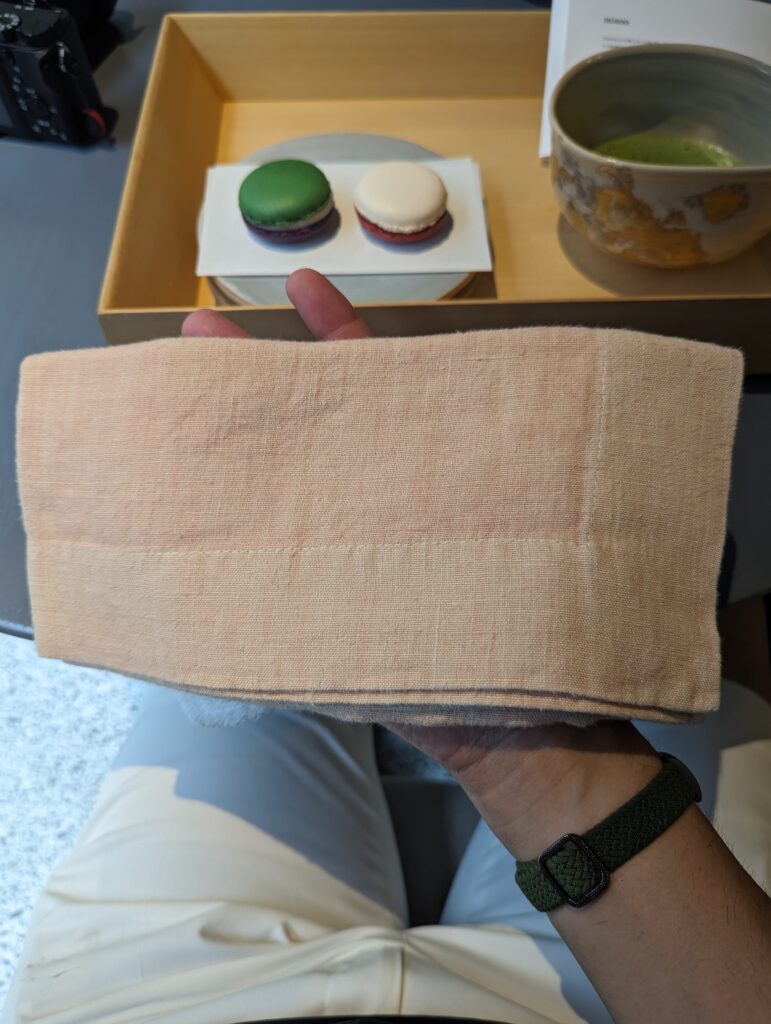
RAINMAKER KYOTO
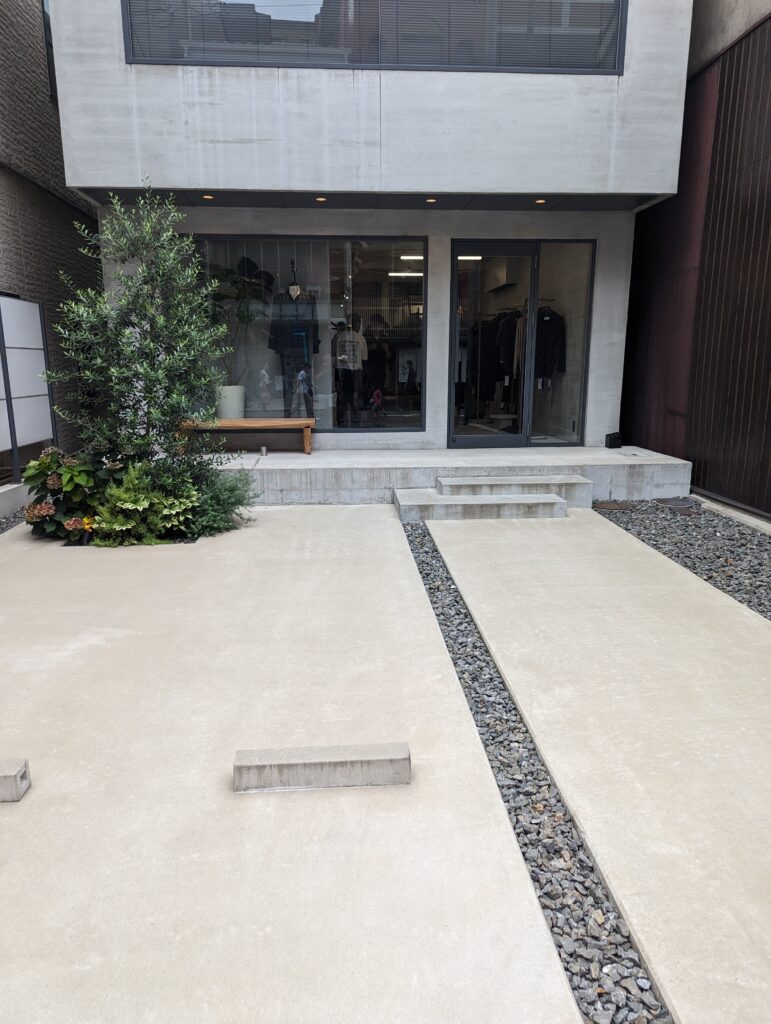
The men’s fashion brand “Rainmaker” is based in Kyoto. Taking advantage of the fact that Kyoto is a place where traditional Japanese techniques such as dyeing and weaving are gathered, the essence of Japaneseness is actively incorporated into the collection. The clothes themselves are dressy and have a French rather than American look, but those who want to incorporate elements of the kimono, such as the concept of sewing, into their daily lives or who want to buy clothes that symbolize Japanese culture are encouraged to take a look. The stylist at the store is easy to talk to and I am one of my favorite brands. I have also posted a product review on another blog, though in Japanese!
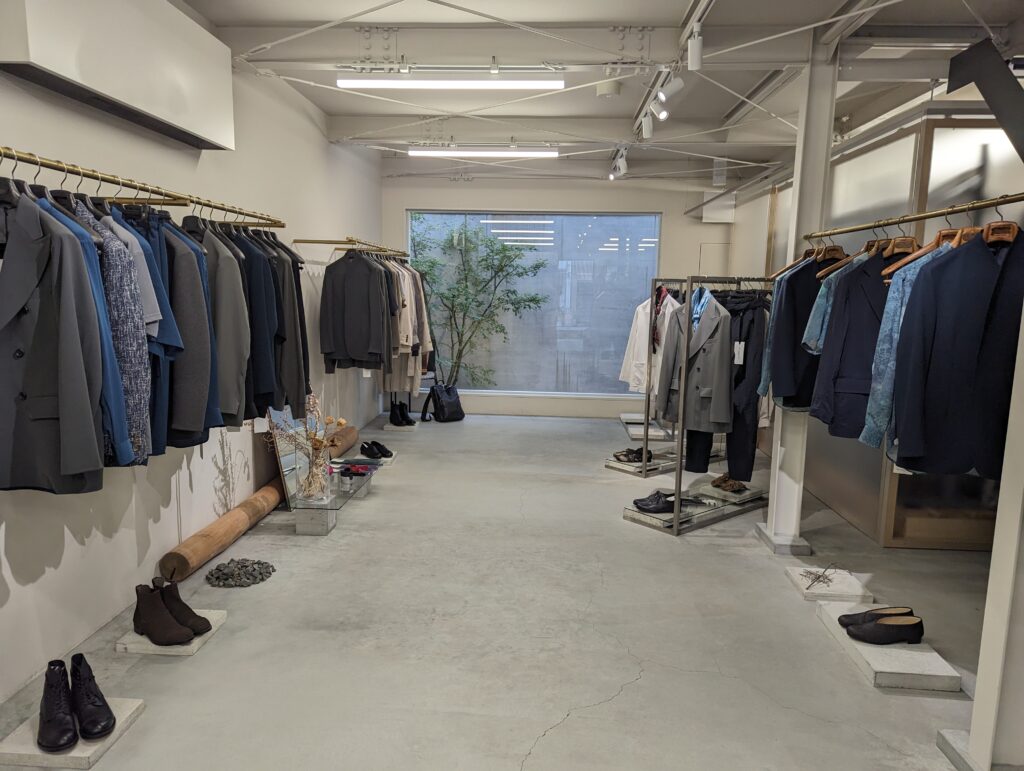

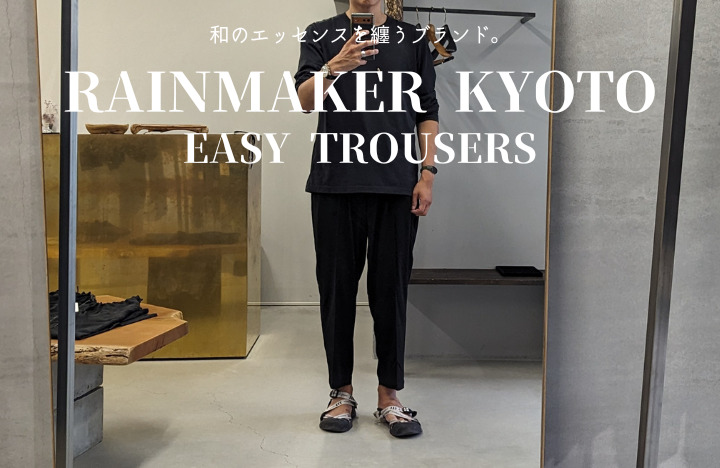
D&DEPARTMENT KYOTO

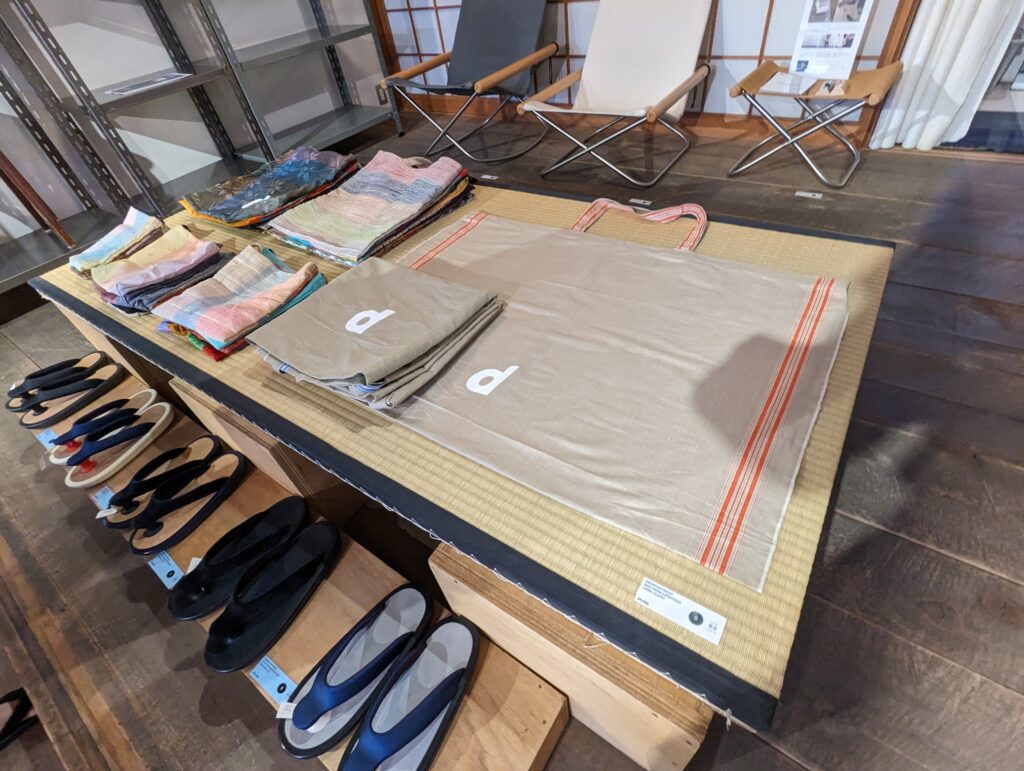
The Kyoto store of D&DEPARTMENT, which works on the theme of long-life design. The special feature of this store is that it is located in the precincts of “Honzan Bukko-ji Temple” in Shimogyo-ku, Kyoto. The products are rooted in and made in Kyoto and other nearby areas. If you want to buy souvenirs with originality in Kyoto, please visit this shop. It is located a dozen or so minutes by car from Kyoto Station.
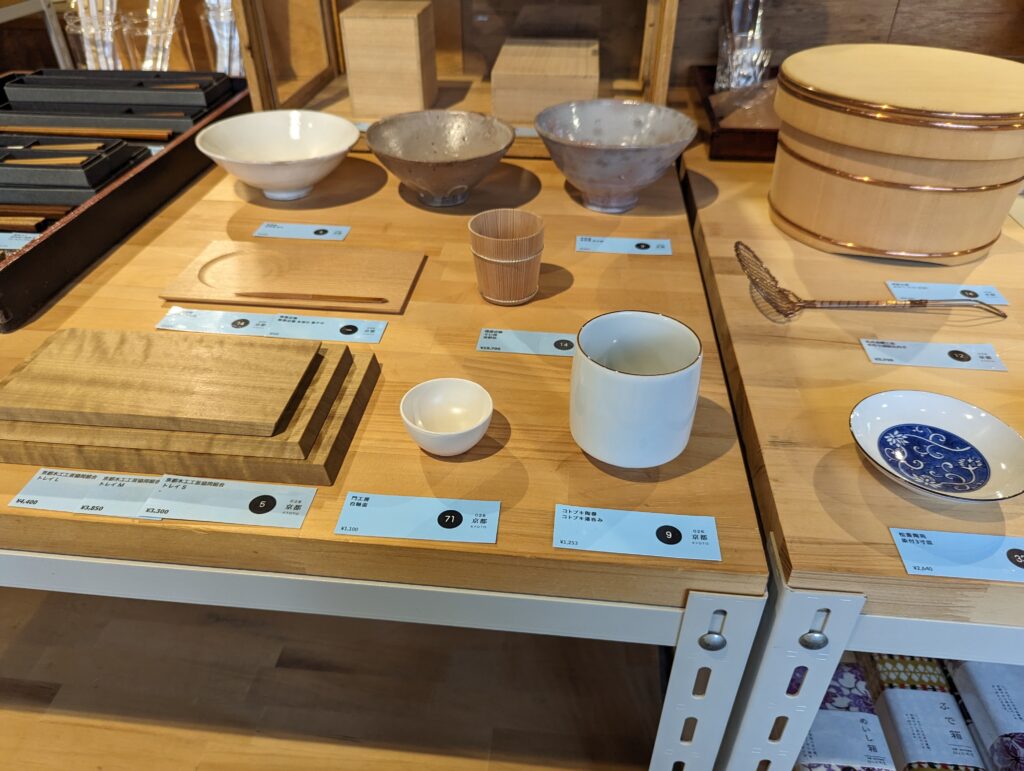
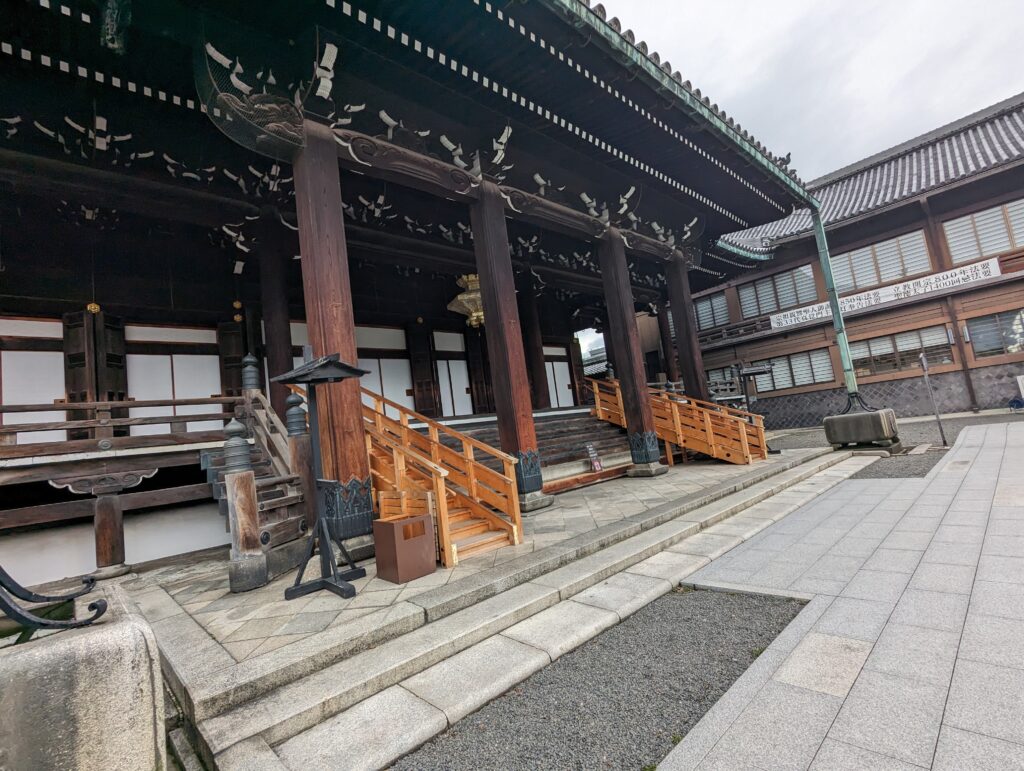
Rakusei(Arashiyama, Takao, Kinkakuji)
Tenryuji Temple
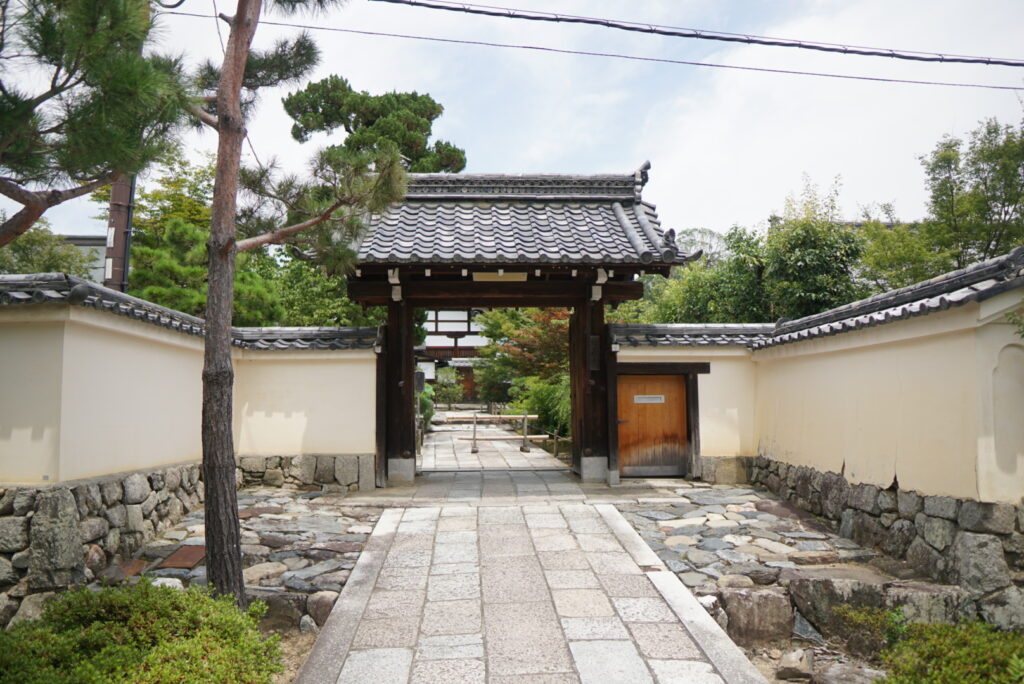
It was built in 1339 to mourn the repose of the soul of Emperor Godaigo. The beauty of the garden is a blend of aristocratic and Zen cultures. The stone garden, in particular, is simple, but everyone was drawn to it. I recommend that you visit the temple as a set when you go to see the bamboo grove mentioned below.
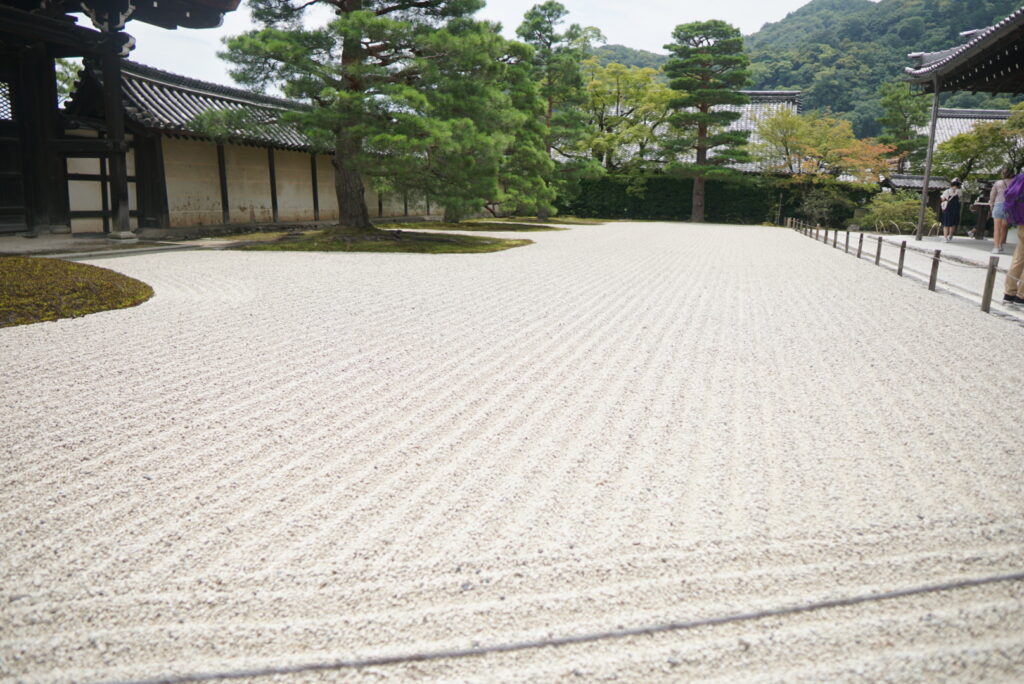
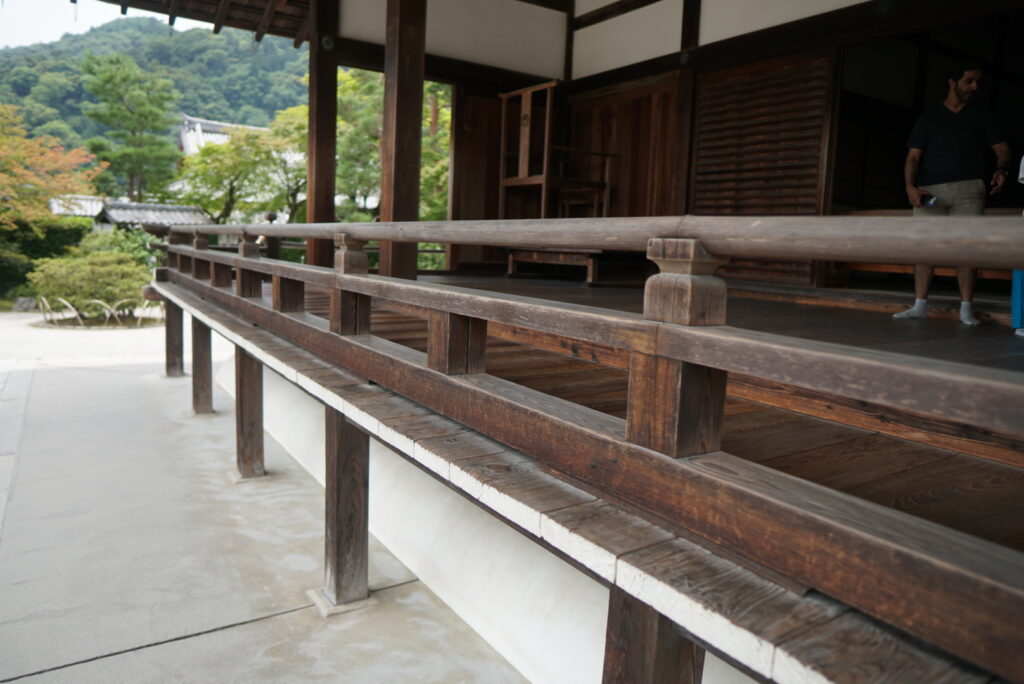
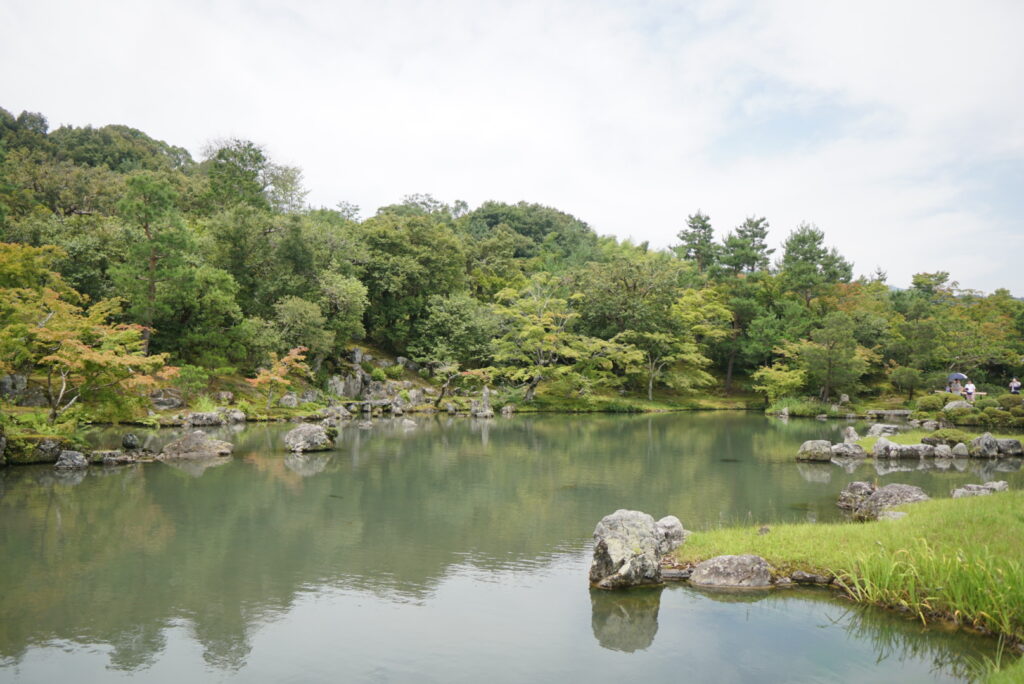
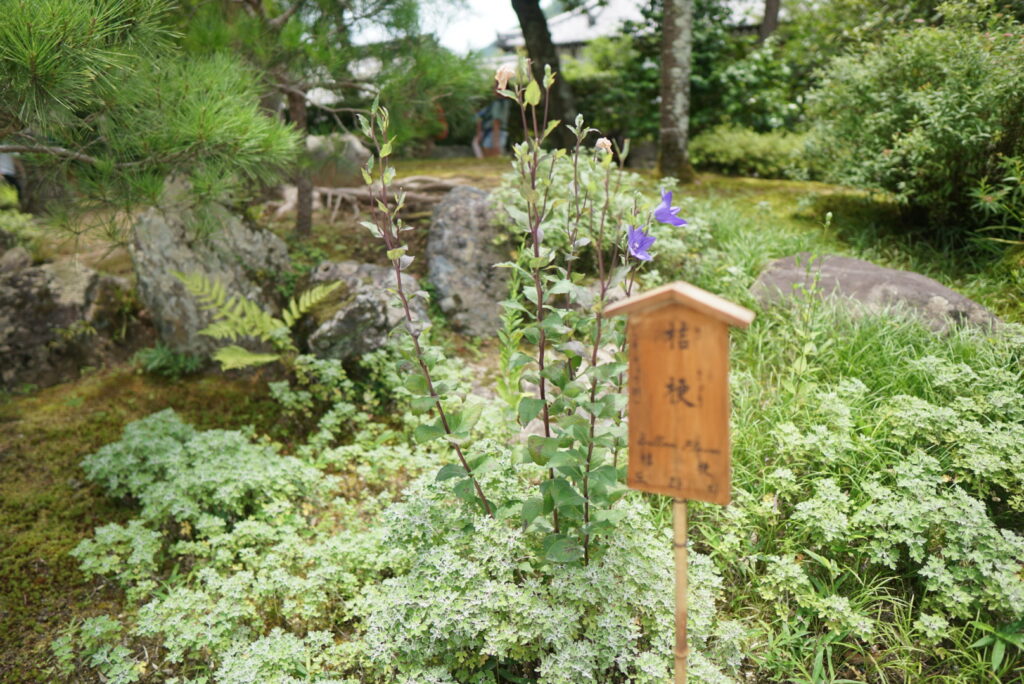
Arashiyama Bamboo Grove
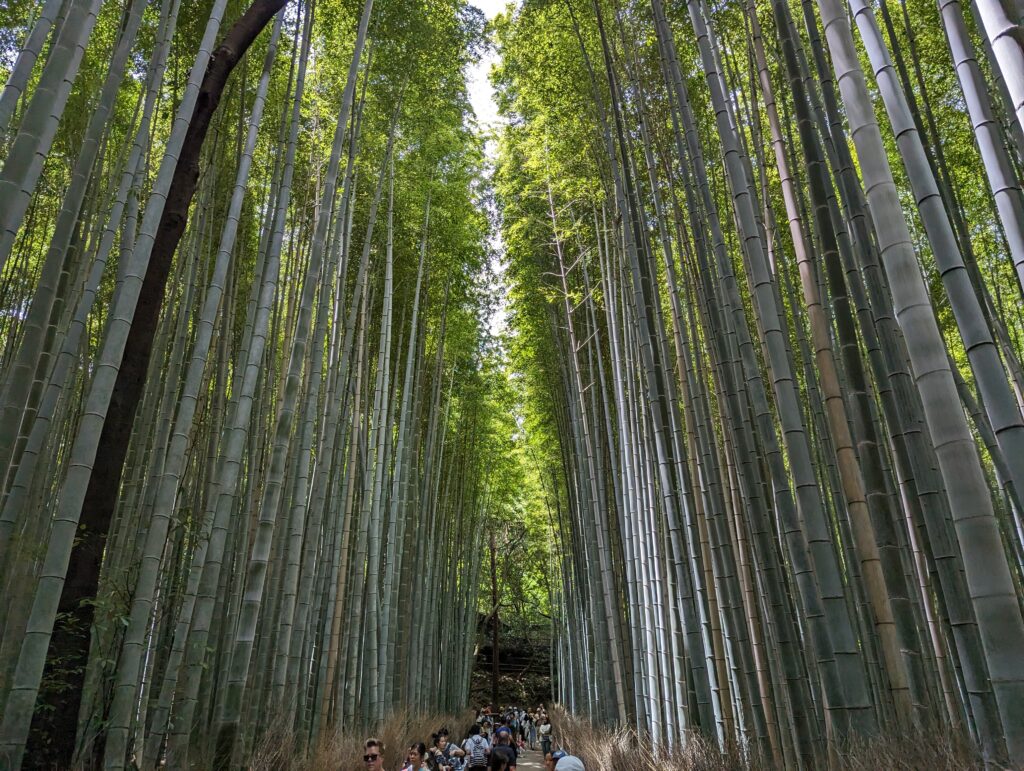
A 400-meter-long bamboo grove covering the sky is one of Kyoto’s most famous landscapes. It was used as a villa for aristocrats in the Heian period (794-1185), and the tranquility of the place, so dimly lit even in the daytime when there is no sun, transports tourists to an ethereal world that transcends the passage of 1,000 years. The green length of the trees continues throughout the year, so you can enjoy a cool and pleasant view even in the sweltering heat of midsummer in Japan. It is one of my personal top 3 sightseeing spots in Kyoto.
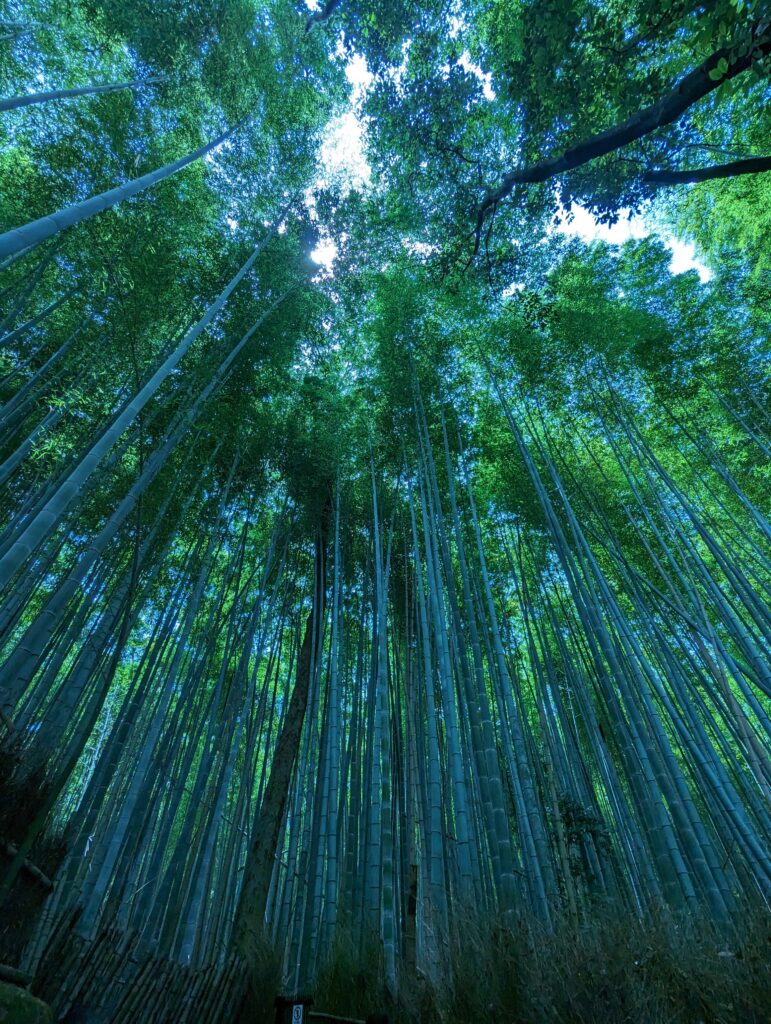
Snow Peak LAND STATION KYOTO ARASHIYAMA

Arashiyama store of a Japanese outdoor brand called Snow Peak. The beauty of the architecture and interior design based on Japanese aesthetics is worth seeing. You can enjoy light meals and beer inside, so even those who are not interested in outdoor gear can easily visit. They are also active in fusing the outdoors with Japanese culture, and I purchased a kimono made of high-functional outdoor material here.
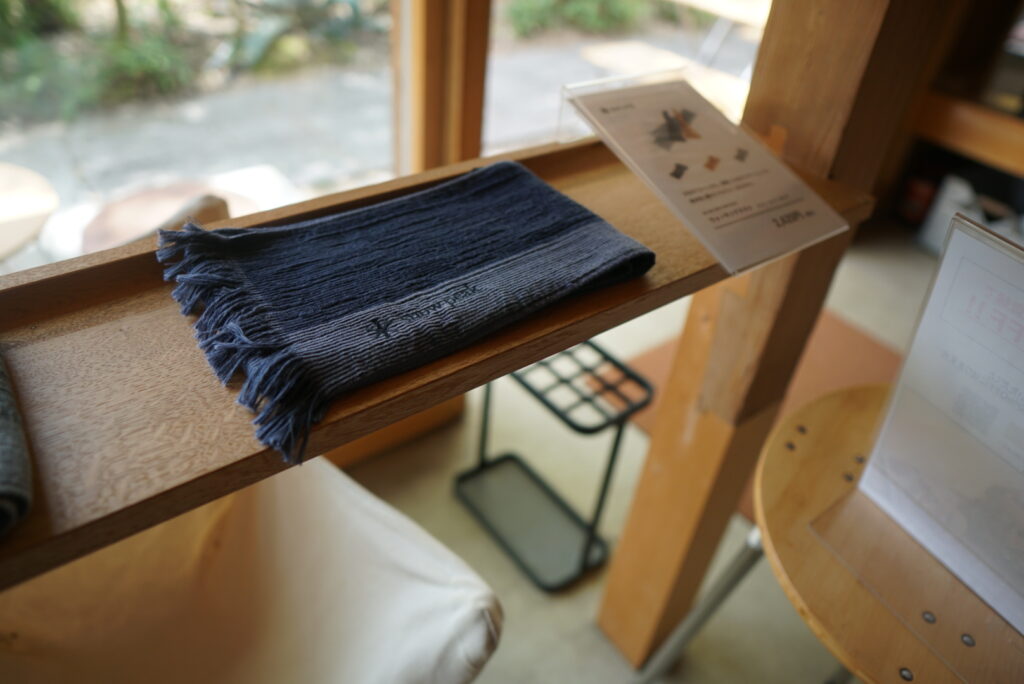
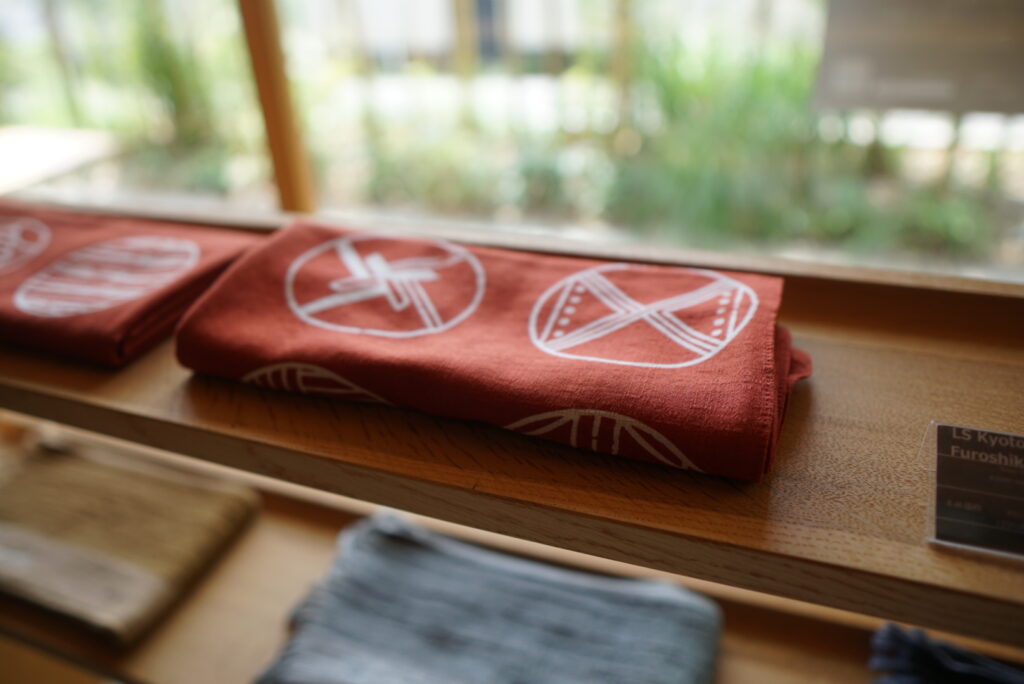
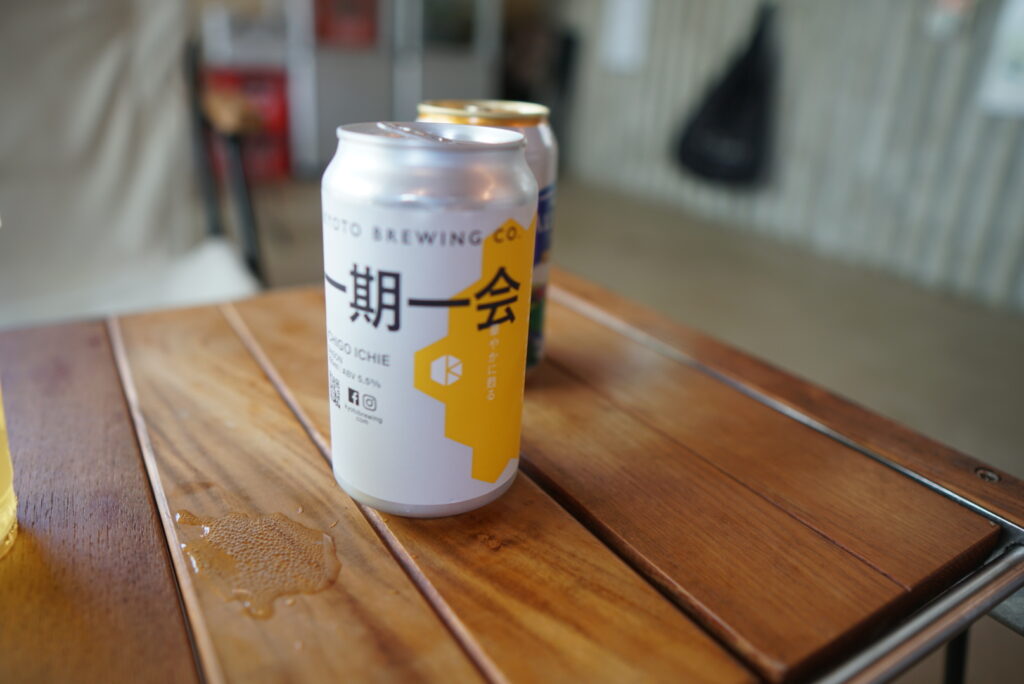

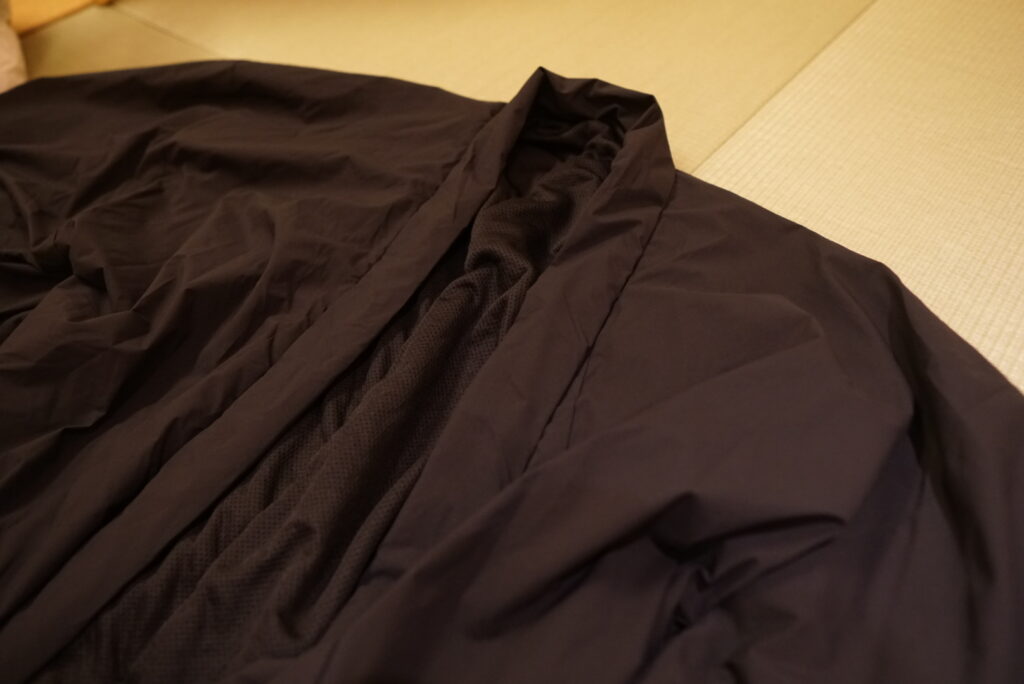
Ryōan-ji
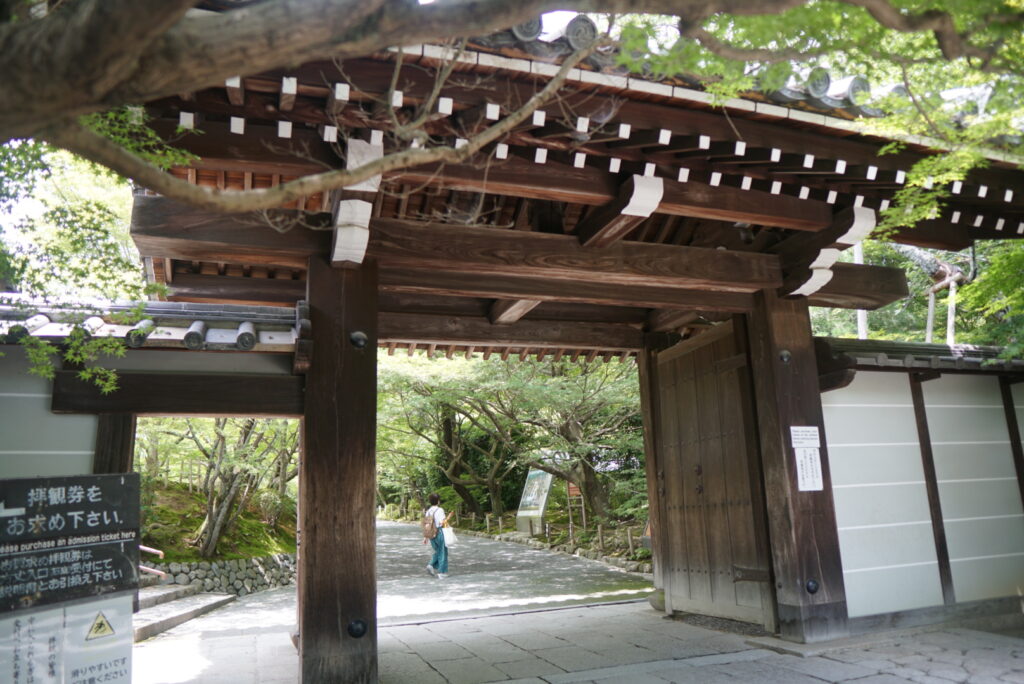
A Zen temple of the Rinzai sect, founded in 1450 by Hosokawa Katsumoto, a powerful figure in the Muromachi shogunate. Zen temple. It is said that it became so famous when Queen Elizabeth II praised its stone garden during her official visit to Ryoanji in 1975. The Zen boom of the time also helped the temple to become a worldwide success.
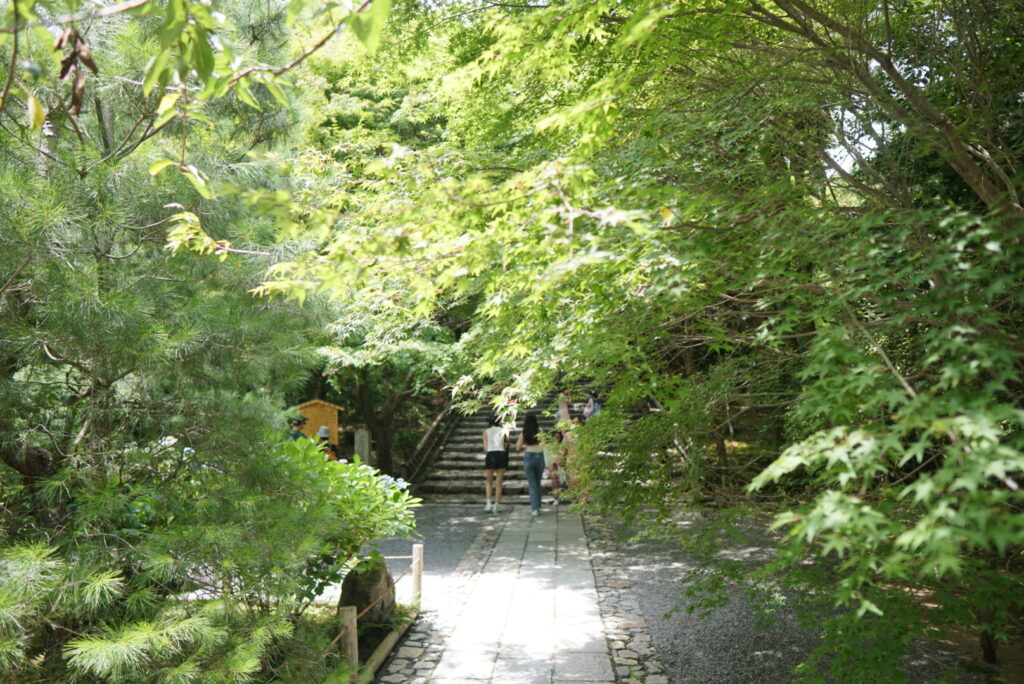


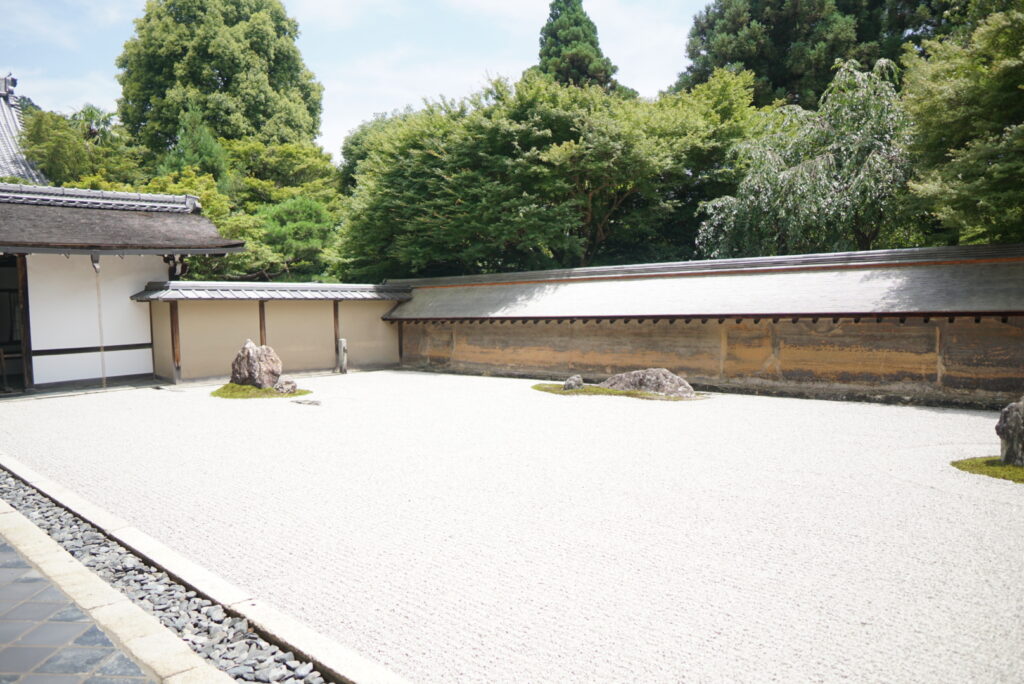
Kinkaku-ji]
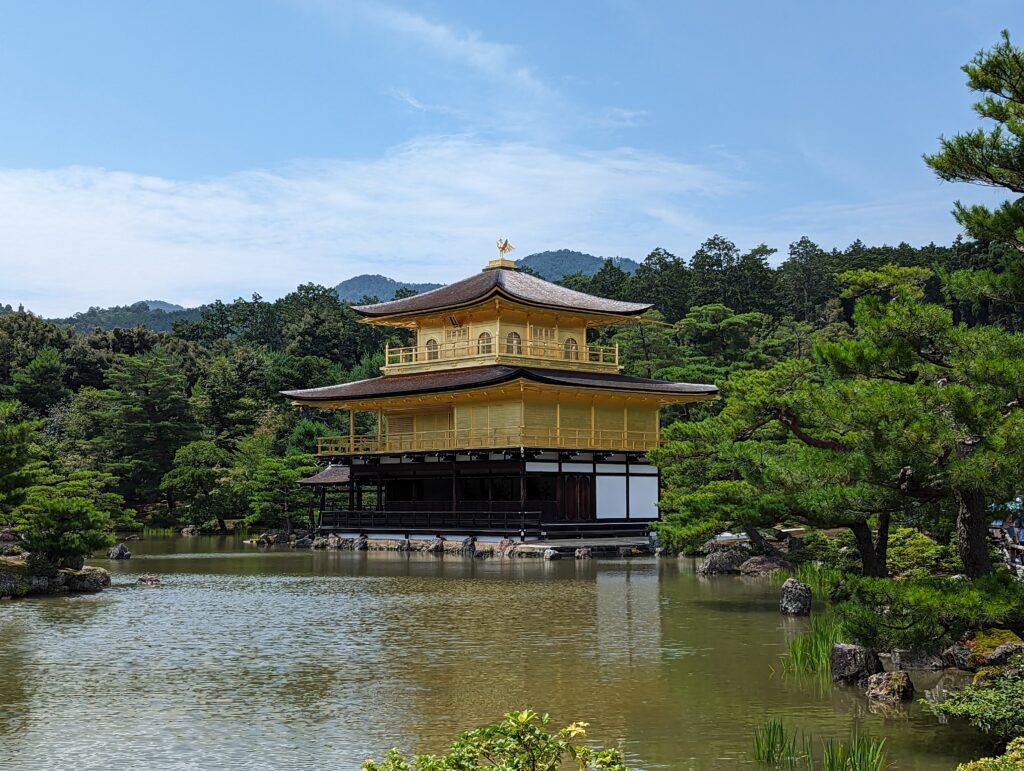
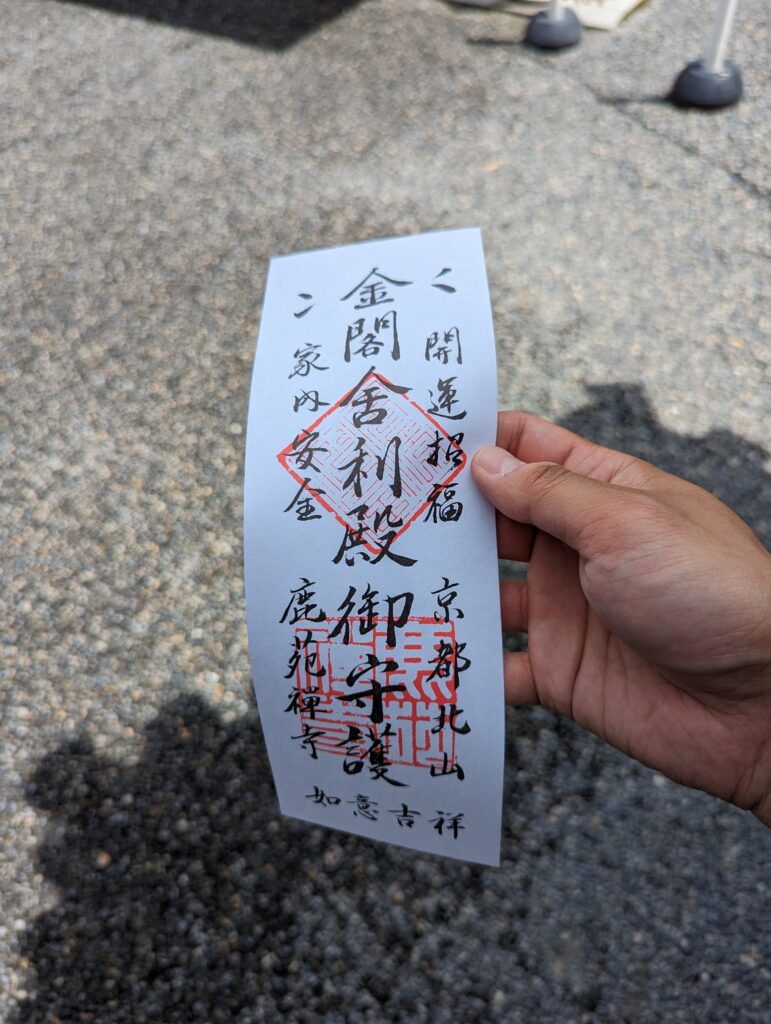
Kinkakuji Temple was built over 600 years ago by Shogun Ashikaga Yoshimitsu. The “Shariden” in the center of the building is where the important remains of Buddha are kept, and it is called “Kinkakuji” because of its golden color. In 1994, the temple was designated a World Heritage site, and many people come to see the beauty of Kinkakuji.
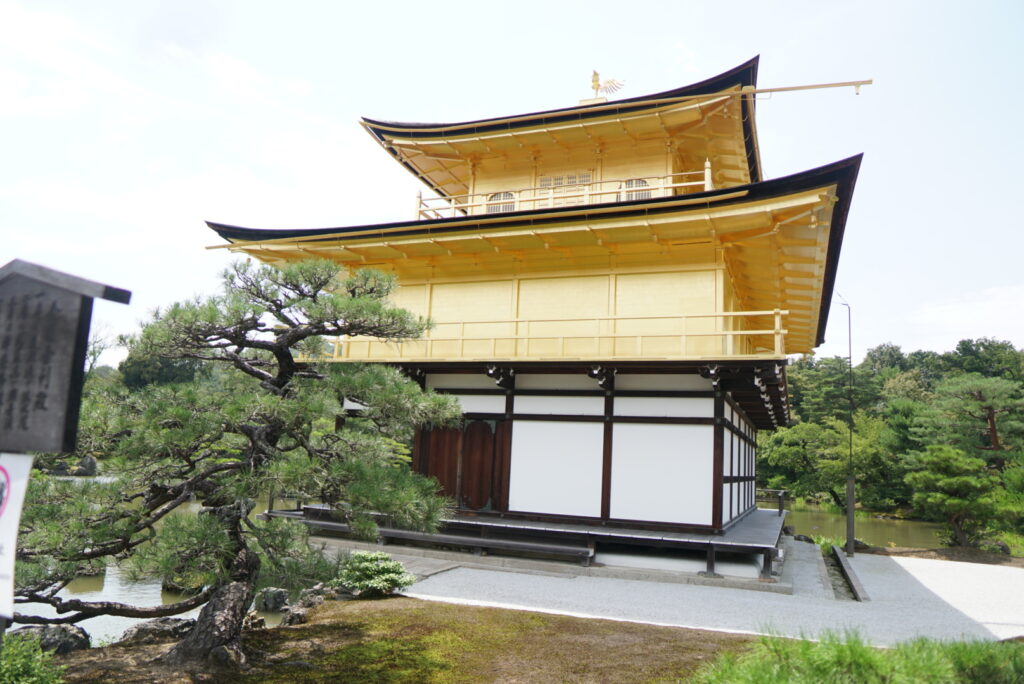
It is interesting to see how the Japanese sense of beauty has been updated with the luxurious and gorgeous appearance of the Ginkakuji Temple, which is the exact opposite of the aforementioned Ginkakuji Temple, which symbolizes wabi-sabi.
Kyoto recommendation hotel
Gion Misen Furumonzen
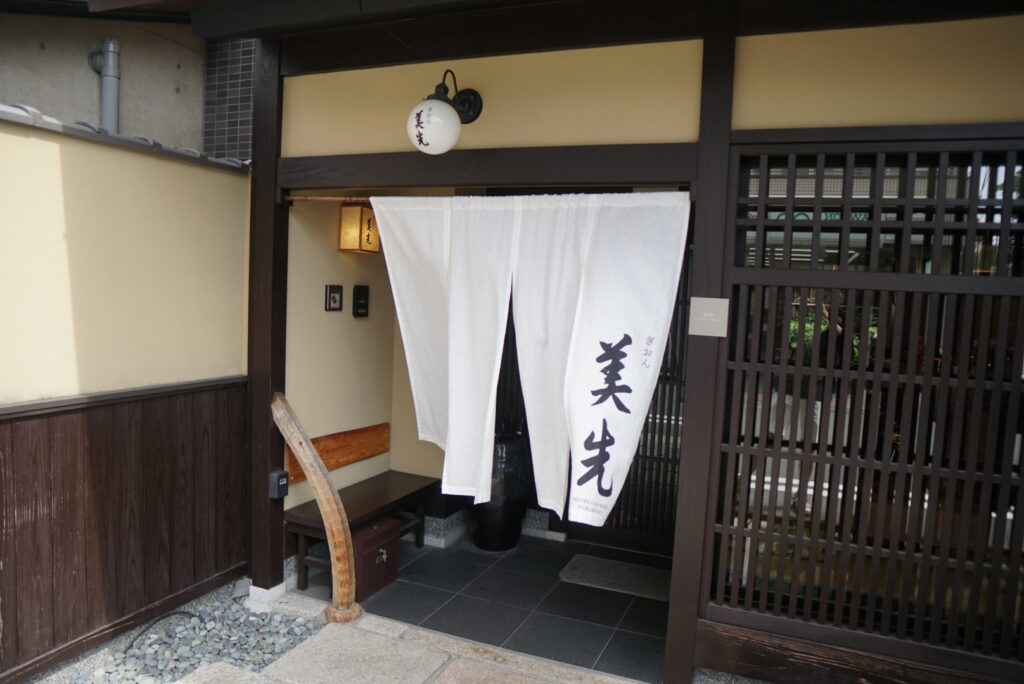
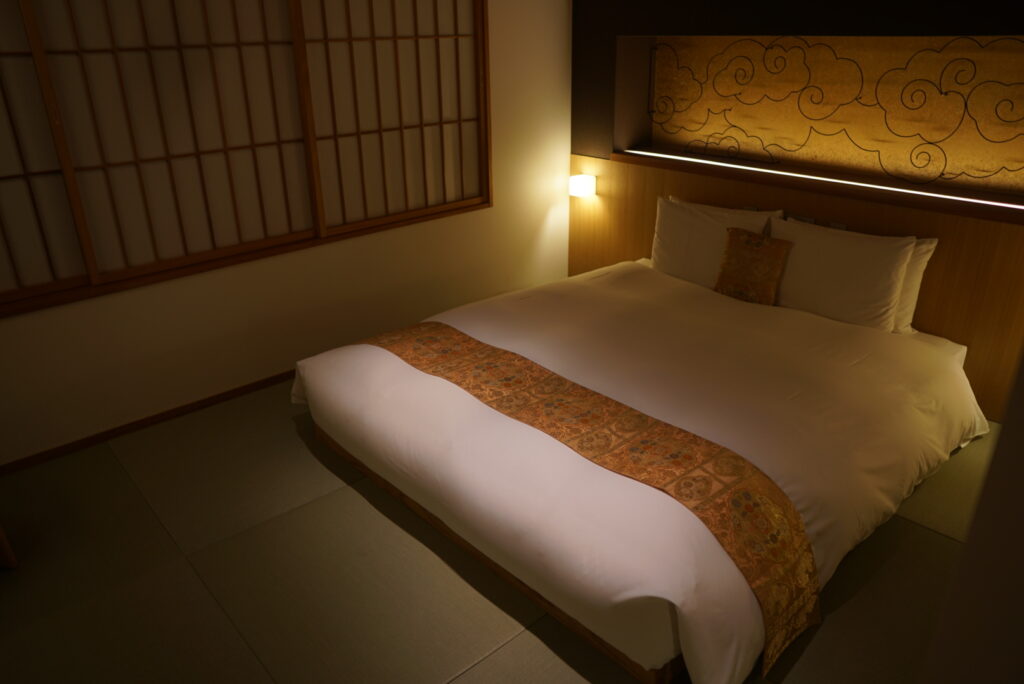
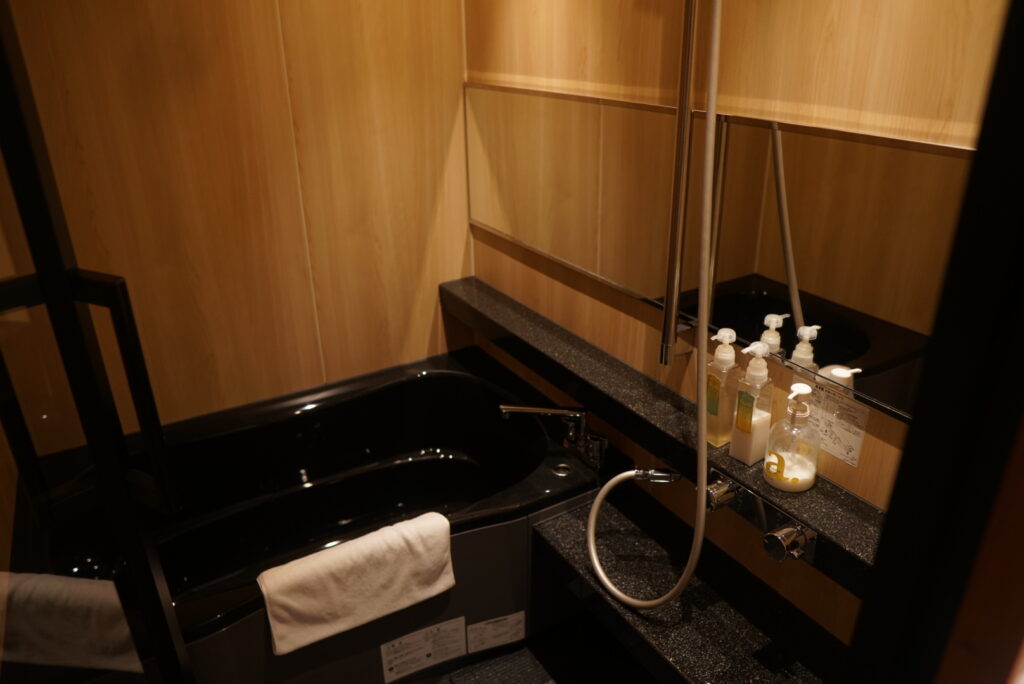
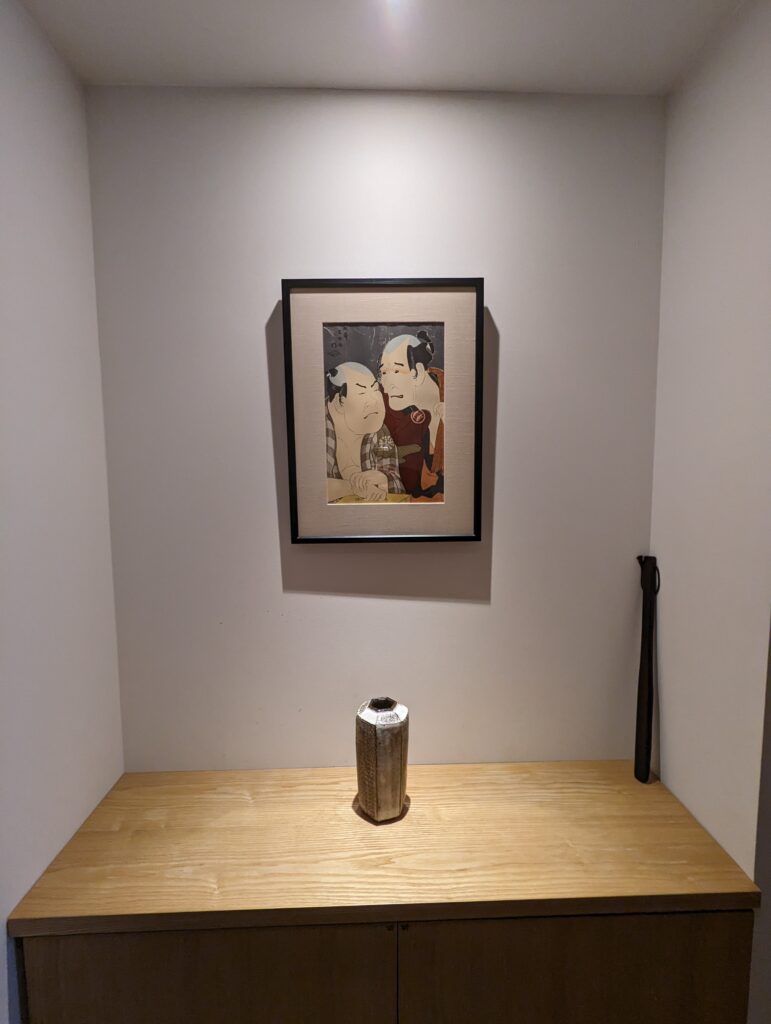
Japanese style room construction, luggage storage, and good value for money. Loved by numerous international guests. Located near Gion-Shijo Station, we strongly recommend it as a base for strength sightseeing.
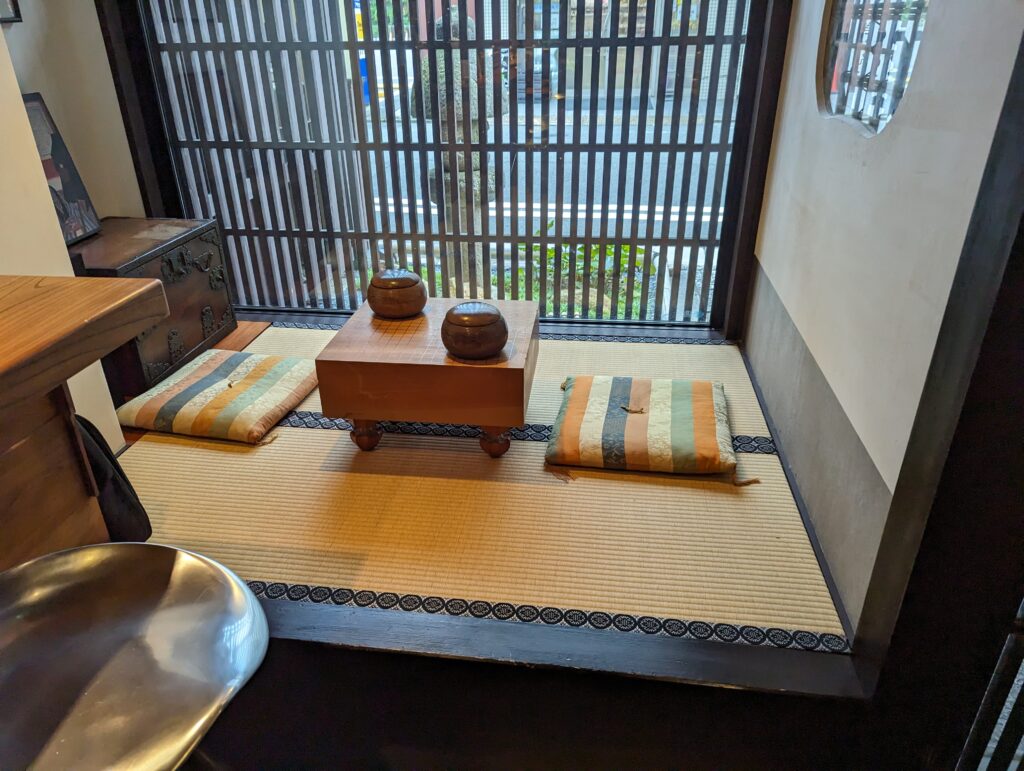
My impression
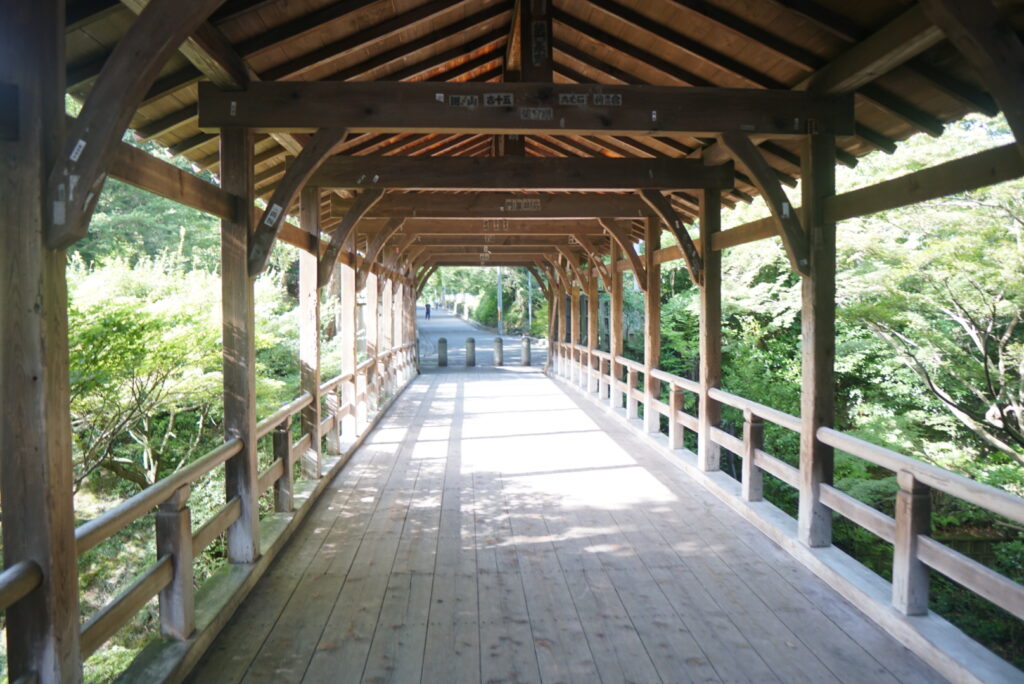
Kyoto maintains traditional Japanese culture and scenery. Traditional architecture and townscapes as seen in period dramas. These symbolize “Japaneseness. From the perspective of a Japanese who has been abroad, the keyword when sightseeing in Kyoto is delicate beauty. The beauty (and fragility) of the four seasons, the historical buildings constructed with superb workmanship, and the change in aesthetic sense from the glamorous appearance of buildings such as the Kinkakuji Temple to the emphasis on wabi-sabi are points to be noted when sightseeing.
If you come to Japan for a trip, please consider them as a sightseeing destination option.
Conclusion
- Travel to Kyoto explained by a Japanese who has lived abroad
- Kyoto is a popular tourist destination worldwide, where you can enjoy the scenery and culture that is uniquely Japanese
- This is a city that embodies the Japaneseness you envision in your mind, so when you visit Japan, be sure to visit it in combination with Tokyo!

